
India has witnessed an alarming rise in the occurrence of heart disease, stroke, diabetes and cancers in the past 25 years, a series of new studies published on Wednesday in The Lancet and its associated journals have revealed
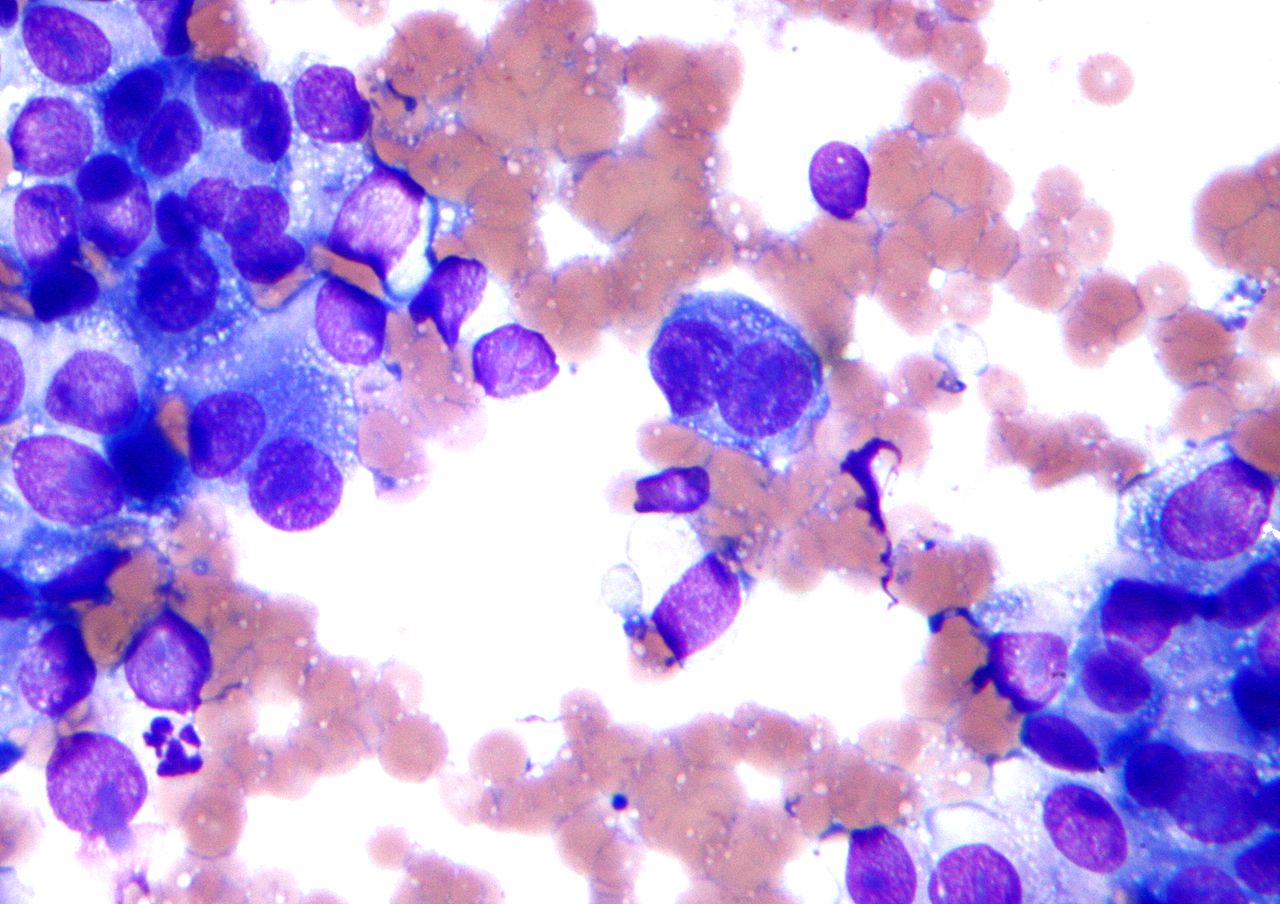
A new study led by researchers at the Weizmann Institute of Science showed, in lab dishes and animal studies, that a highly personalized approach could help the immune cells improve their abilities to recognize cancer and kill it
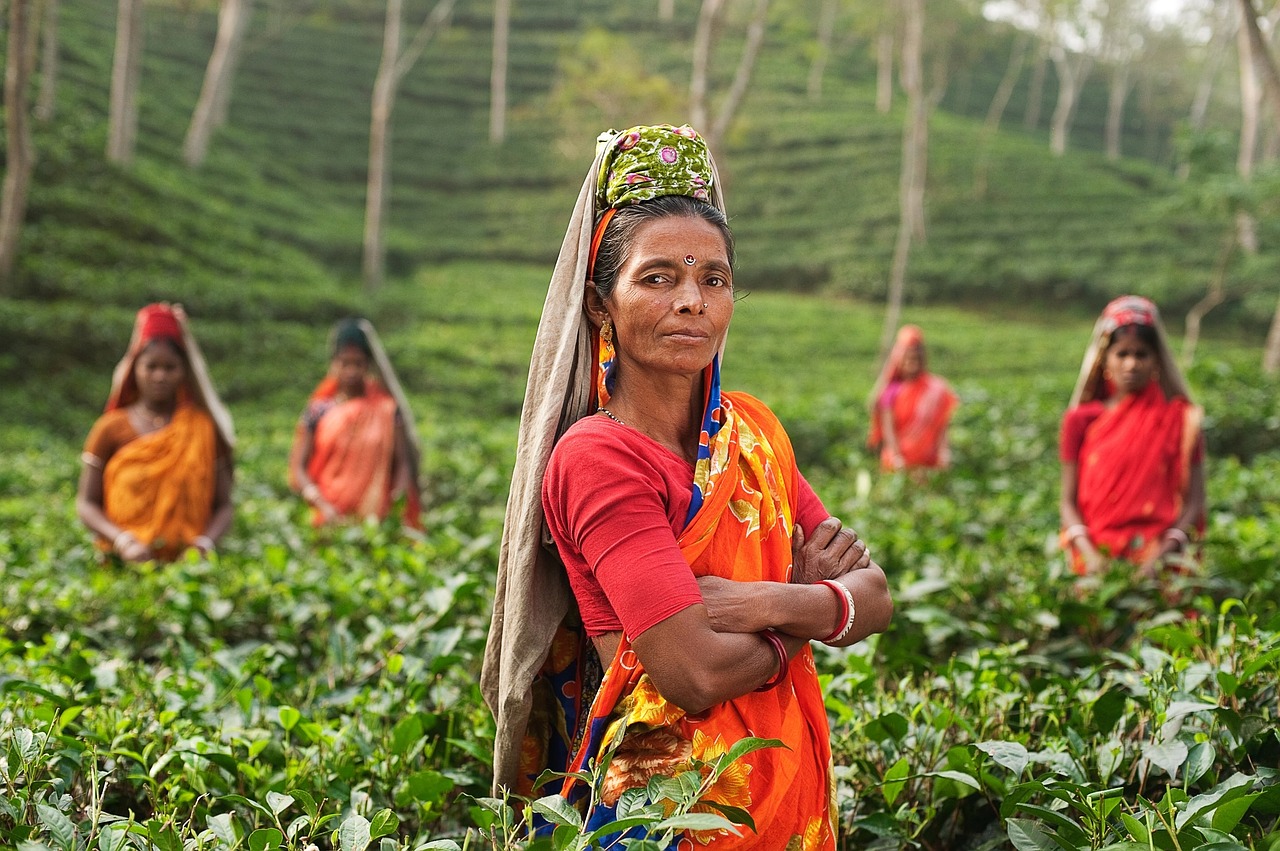
A new investigation into tribal health has revealed that non-communicable diseases now constitute a major health burden across Indian tribal communities
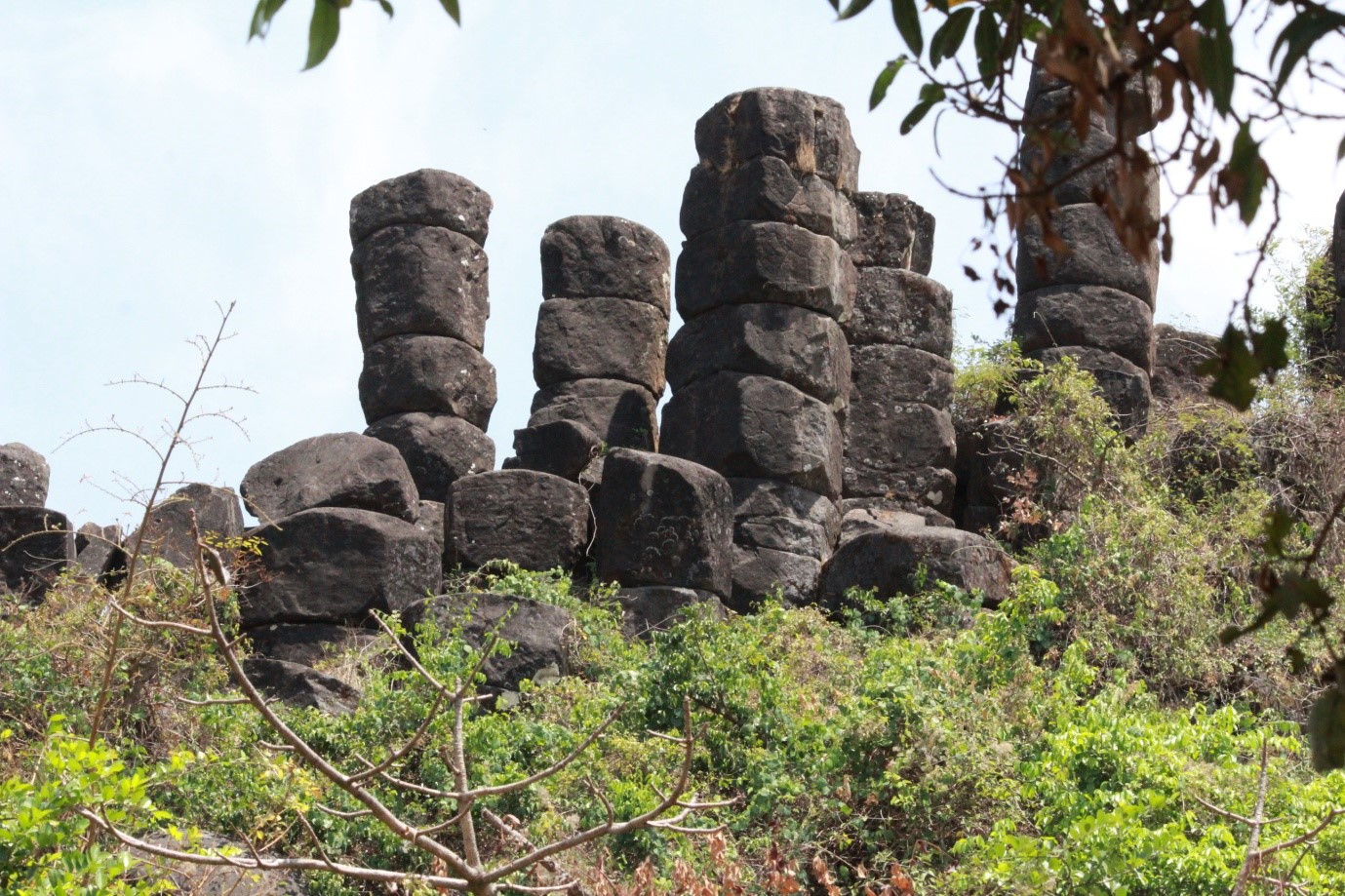
Indian scientists have discovered a rare, well developed polygonal column basalt structure in a village in Kolhapur district in Maharashtra

A new study has pointed out that increased irrigation efficiency does not translate into more water availability for other uses at the watershed level
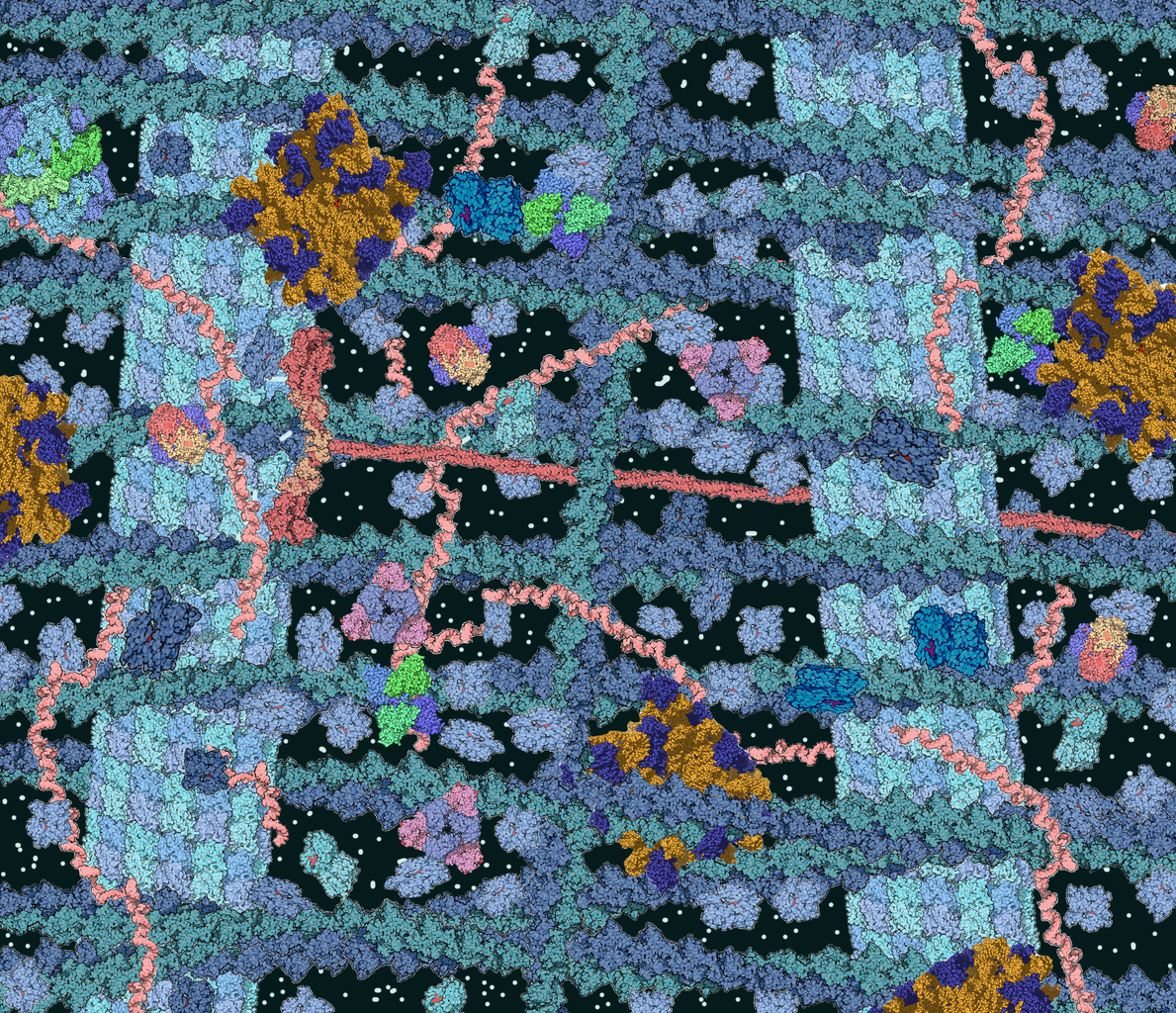
A research team led by Dr. Linda M. Hendershot and Viraj P. Ichhaporia at St. Jude Children’s Research Hospital, USA, has recently shown that the genetic loss of SIL1 disrupts Endoplasmic Reticulum (ER) homeostasis, leading to a condition of muscle disease

A new study now has shown that though free treatment under a publicly funded dialysis programme could allow more people access this expensive treatment, it would not be able to address all barriers to ensure long-term success
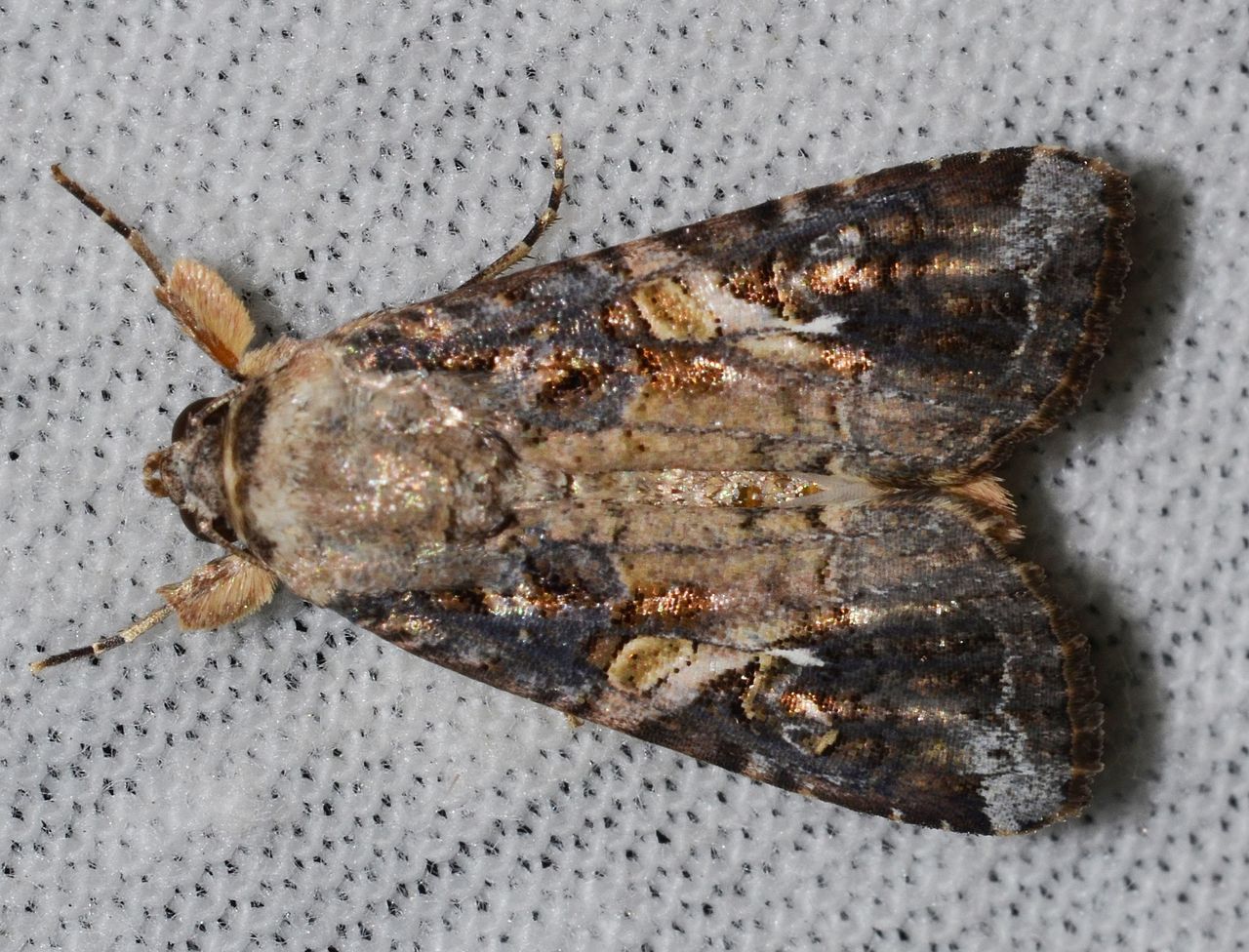
A new migrant insect that can potentially cause losses to dozens of crops has been found in Karnataka. The pest has been damaging maize plants in certain parts of the state and is not a native and known species in India, scientists from the University of Agricultural Sciences, Bengaluru have reported

Research in the quantum optics lab of Prof. Barak Dayan in the Weizmann Institute of Science may be bringing the development of supercomputers one step closer by providing the “quantum gates” that are required for communication within and between such quantum computers.
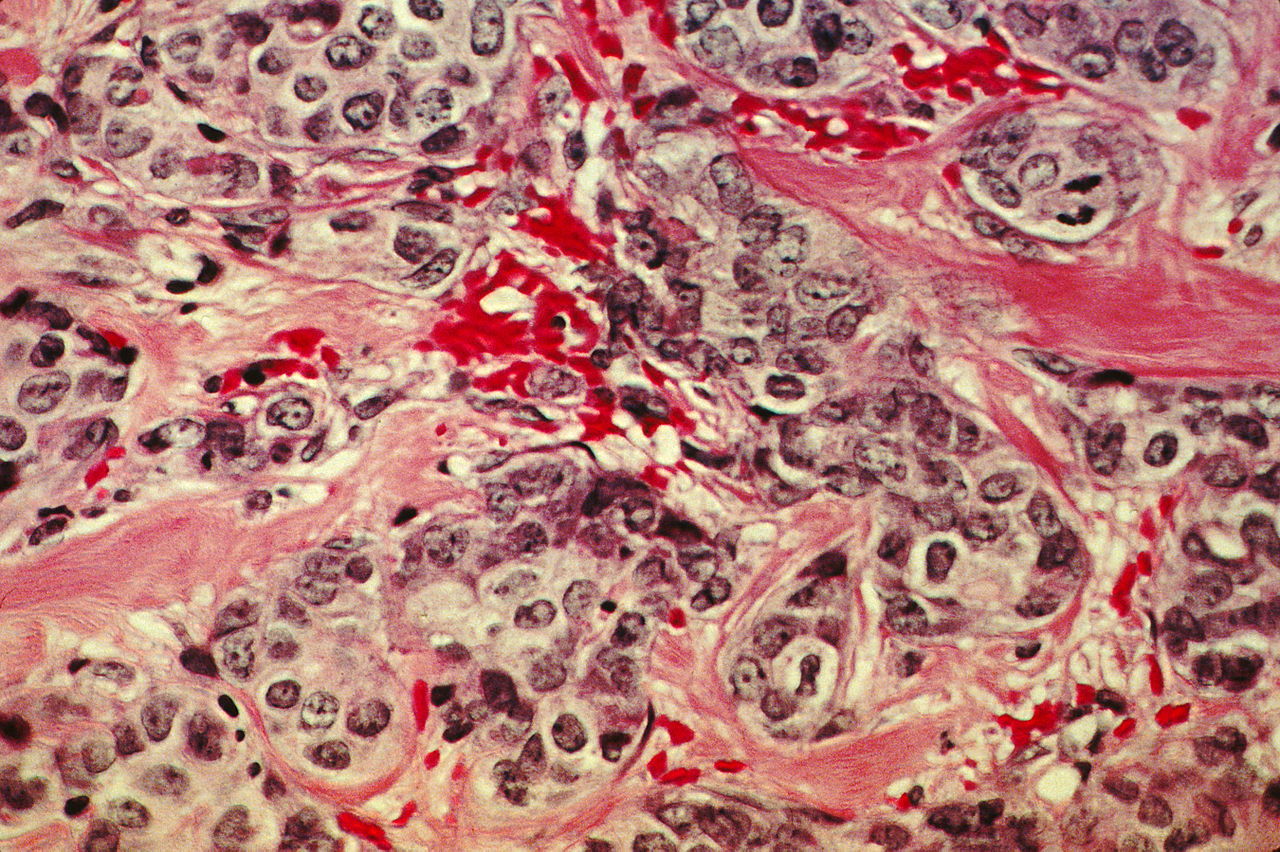
Researchers have found that tumor cells in the body manipulate the immune system for their survival and tumor growth expansion

Researchers have reported the presence of naturally occurring chlorpyrifos- resistant bacteria in the environments of Kashmir Valley. Chlorpyrifos is an organophosphorus insecticide widely used in the region

In a new study involving over 2400 school children in New Delhi, scientists have found that consumption of excess fluoride is intricately linked to anemia
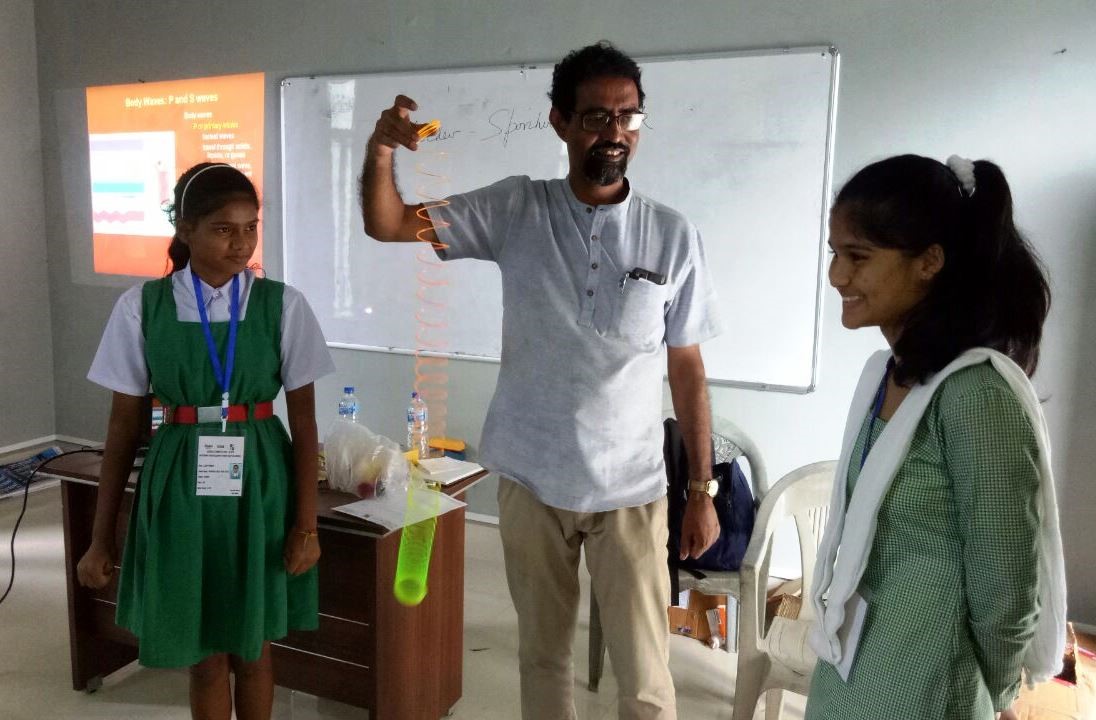
Sci-Connect, the programme consisted of a series of quiz competitions at different levels that will culminate in the final round where top three teams of three students each would be selected and presented cash awards
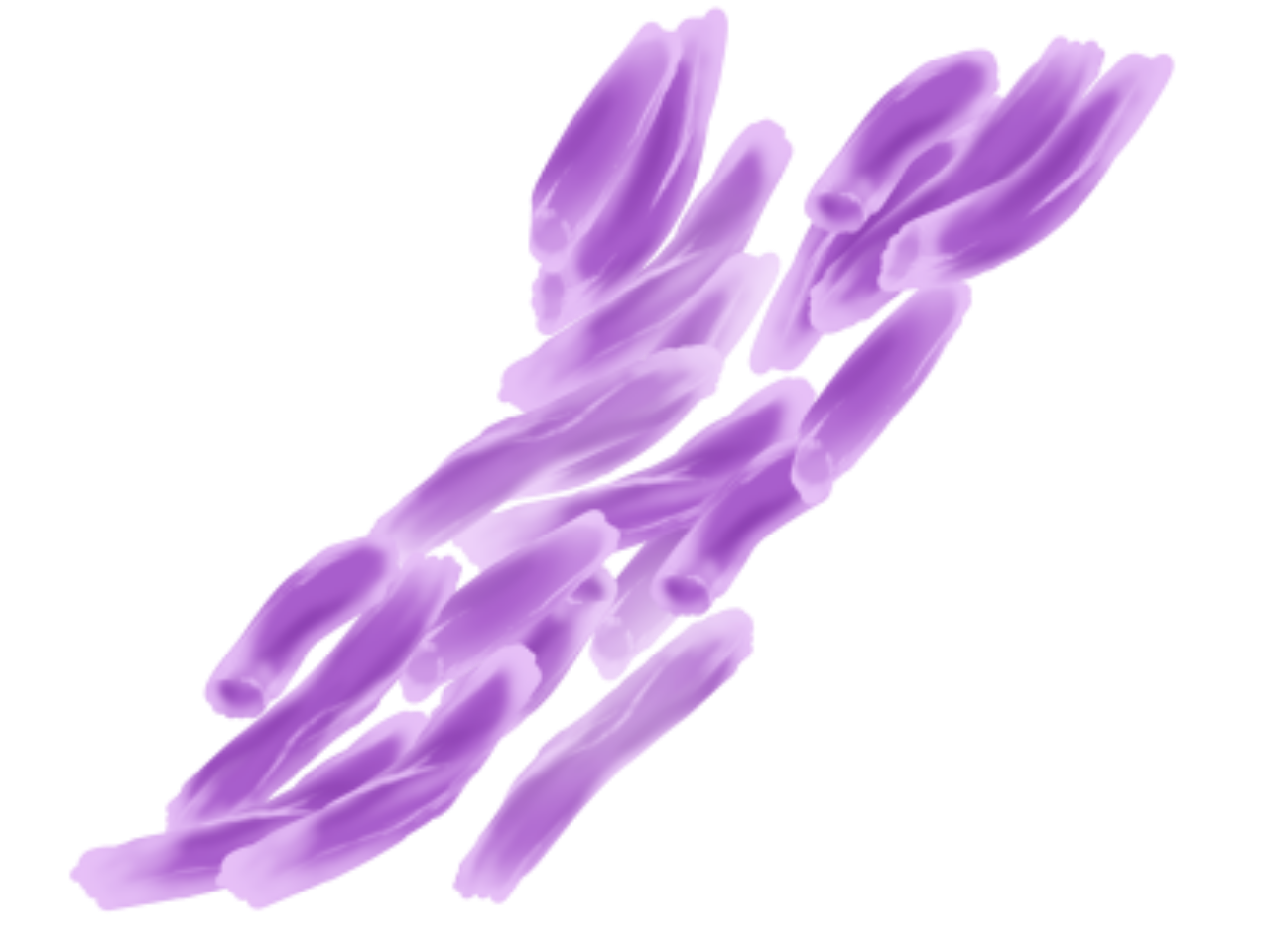
Researchers at the National Institute of Immunology in collaboration with CSIR- Institute of Genomics and Integrative Biology have determined the role of FtsQ, a critical cell division protein and shown that both increasing and decreasing amounts of this protein in Mycobacterium tuberculosis hampers its growth and division patterns
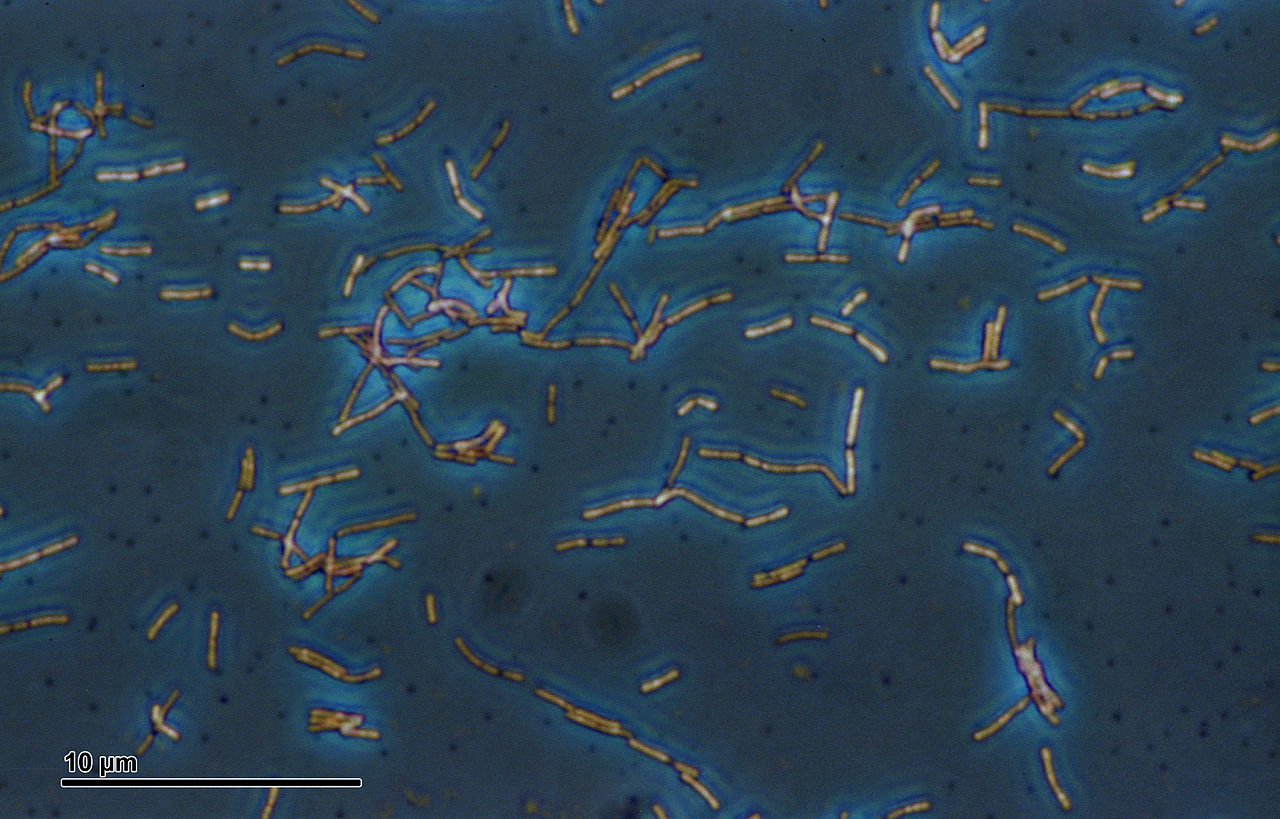
Researchers at the CSIR-CFTRI have found that drug resistance seen in bifidobacteria is naturally occurring and can’t be passed on to other bacteria
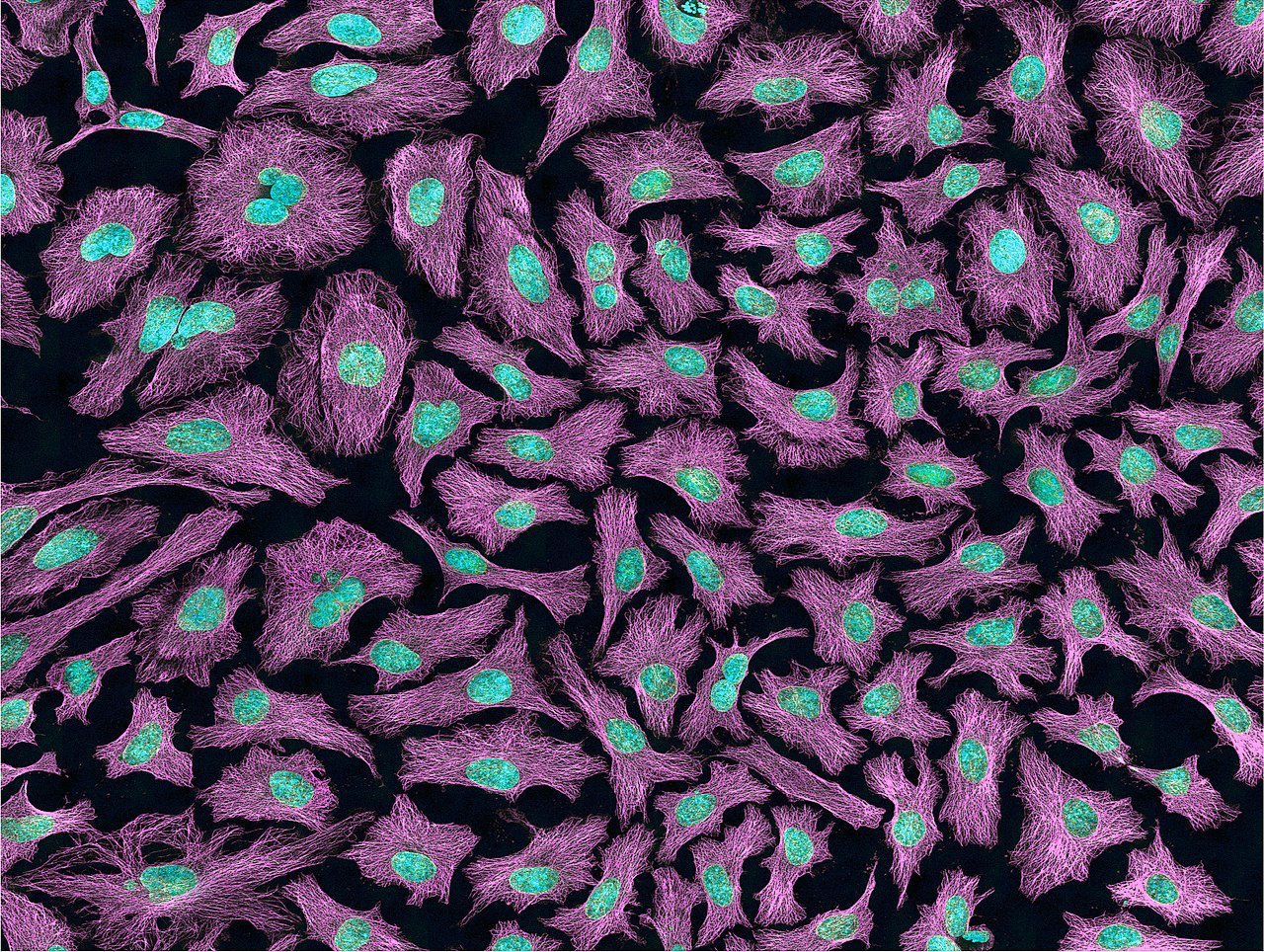
Indian scientists have found that fenbendazole, a broad-spectrum antiparasitic drug used in the veterinary sector, could be useful against cancers as well
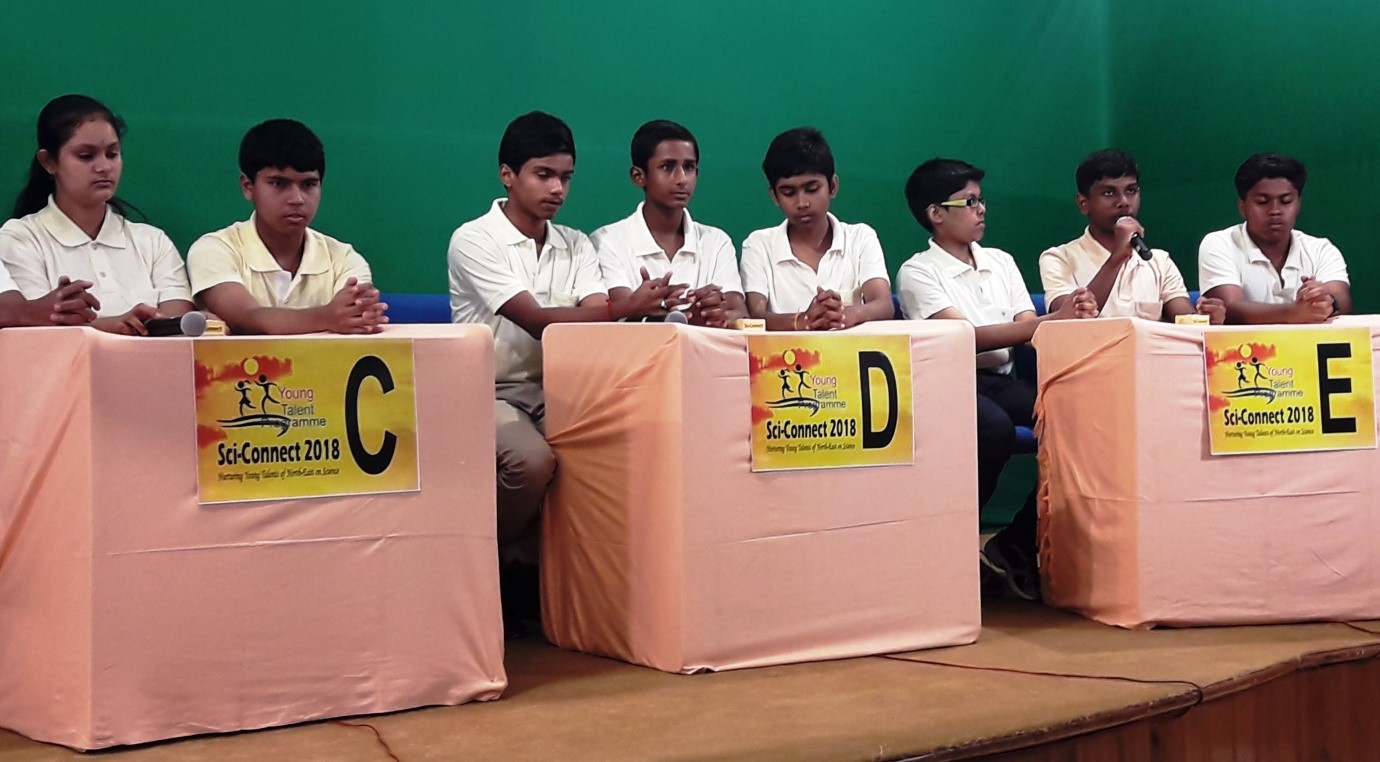
In order to promote scientific temper and original thinking in school kids, a programme is underway in remote areas of the Northeast. Children are shown a series of short films on a range of subjects, and then a quiz competition is held along with hands-on activities

Scientists at the Indian Institute of Technology, Madras have developed a method to make a low-cost adsorbent using the weed and apply that to treat toxic effluents. The technology converts the weed into activated carbon, which, in turn, removes organic compounds, phosphate, and nitrate from polluted water.
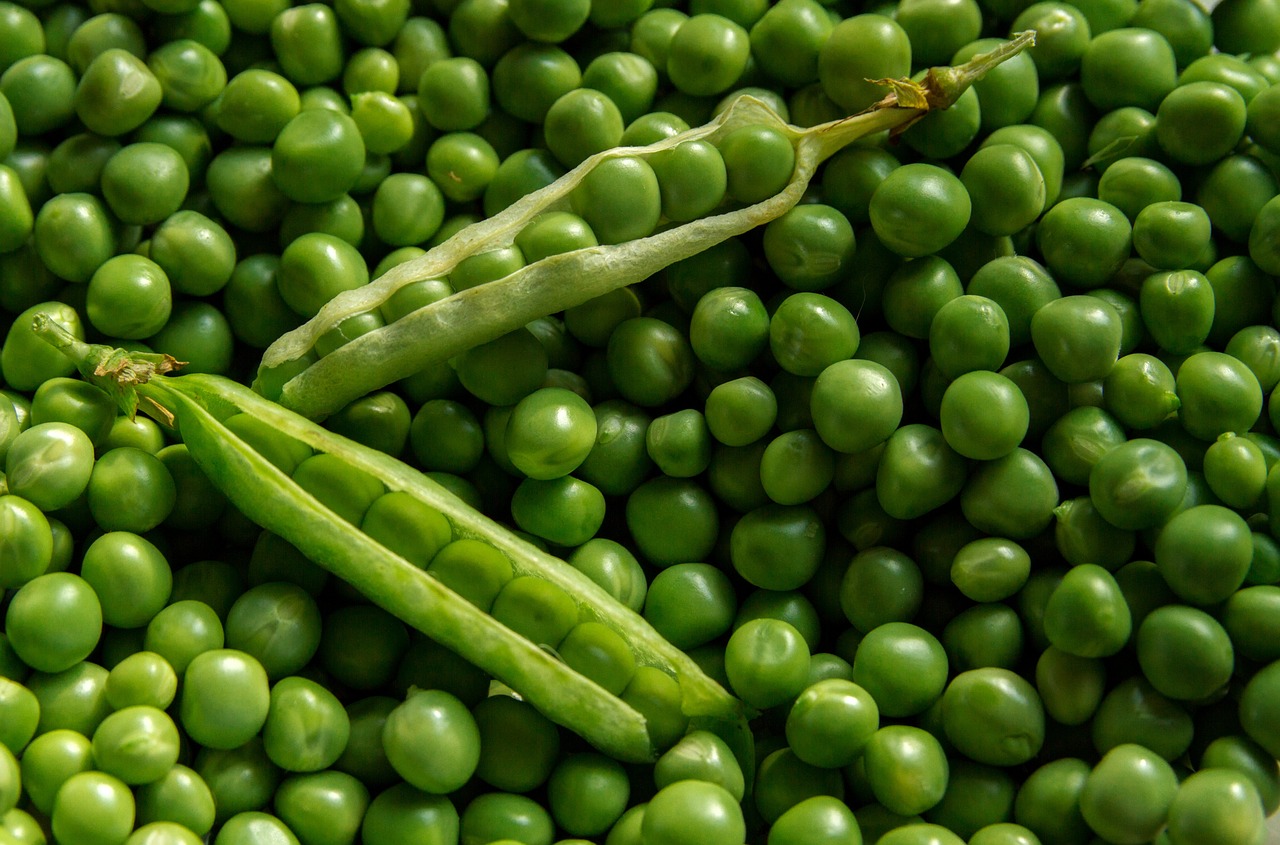
Scientists from the Indian Council of Agricultural Research have developed a pea variety that bears more flowers per stalk and therefore yields more peas per plant
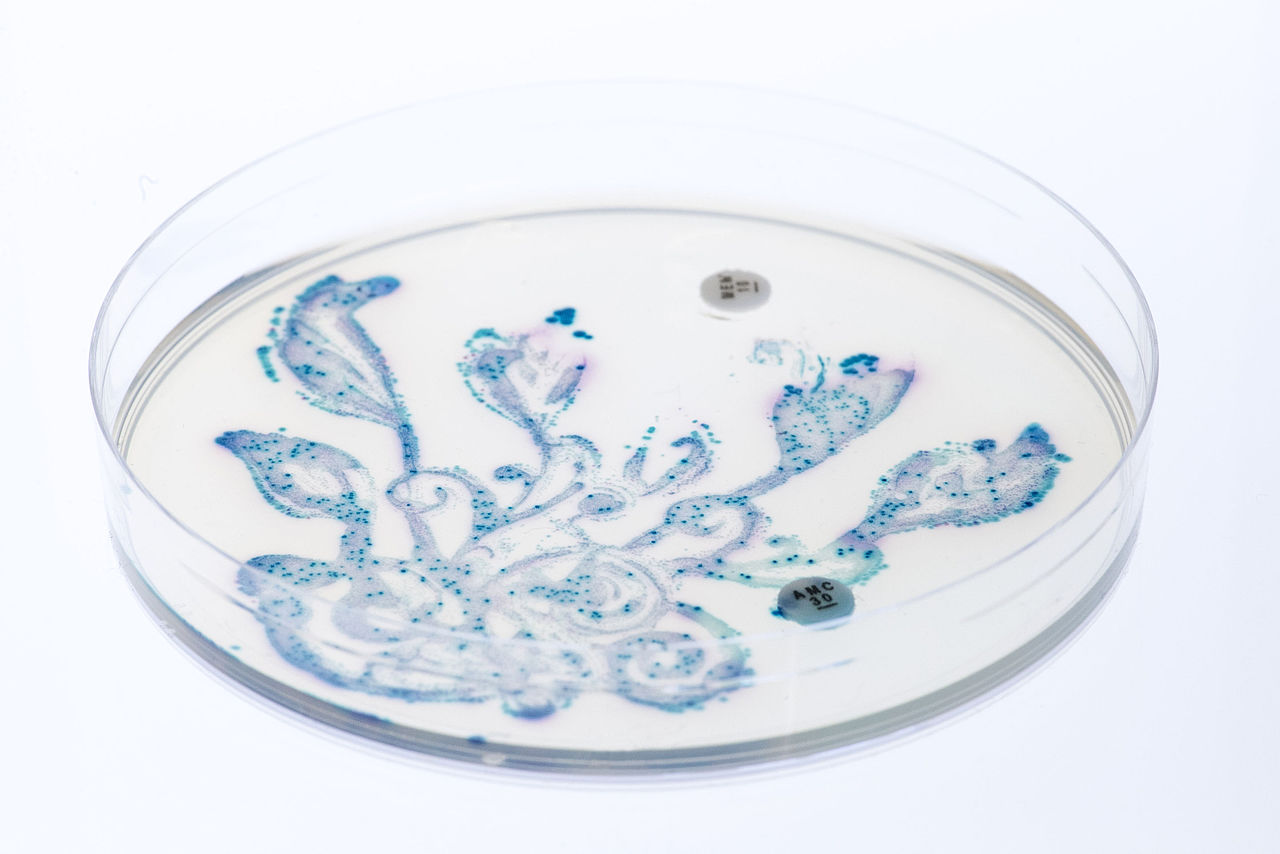
Scientists at the Translational Health Science and Technology Institute have found that friendly gut bacteria are a reservoir of drug resistance genes which when transferred to disease-causing bacteria may make them untreatable.

A new study has suggested that the Indian government must consider changes occurring due to climate change while planning new hydropower projects.
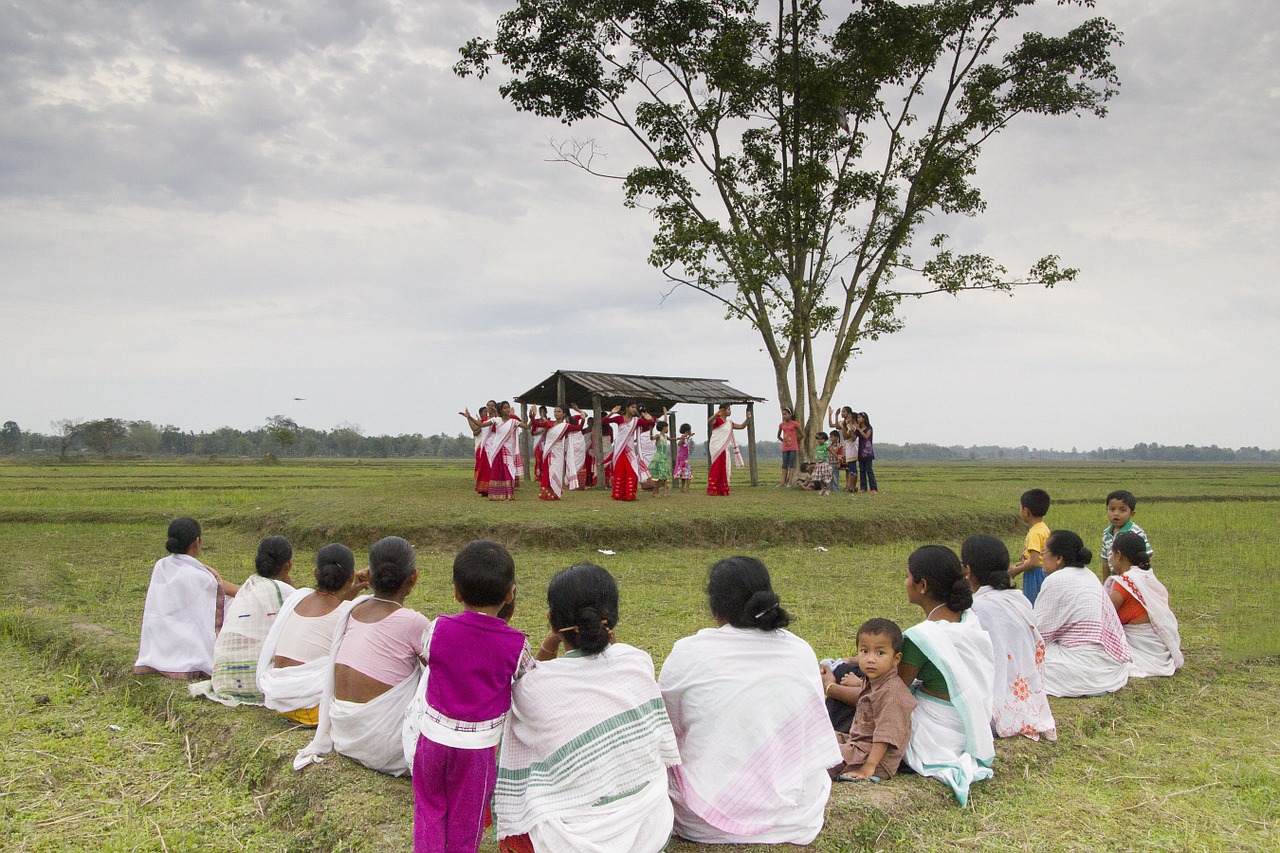
Large swathes of forests in the Northeast are an abode for the Indian elephant. But a new study has warned that parts of Assam and Arunachal Pradesh are losing canopy cover at an alarming rate.

A new study has warned that over two-thirds of the districts in the country are unlikely to achieve the UN Sustainable Development Goal (SDG) target of reducing deaths to 25 or less per 1000 live births in under 5-year old children and 12 or less per 1000 live births for newborns by 2030
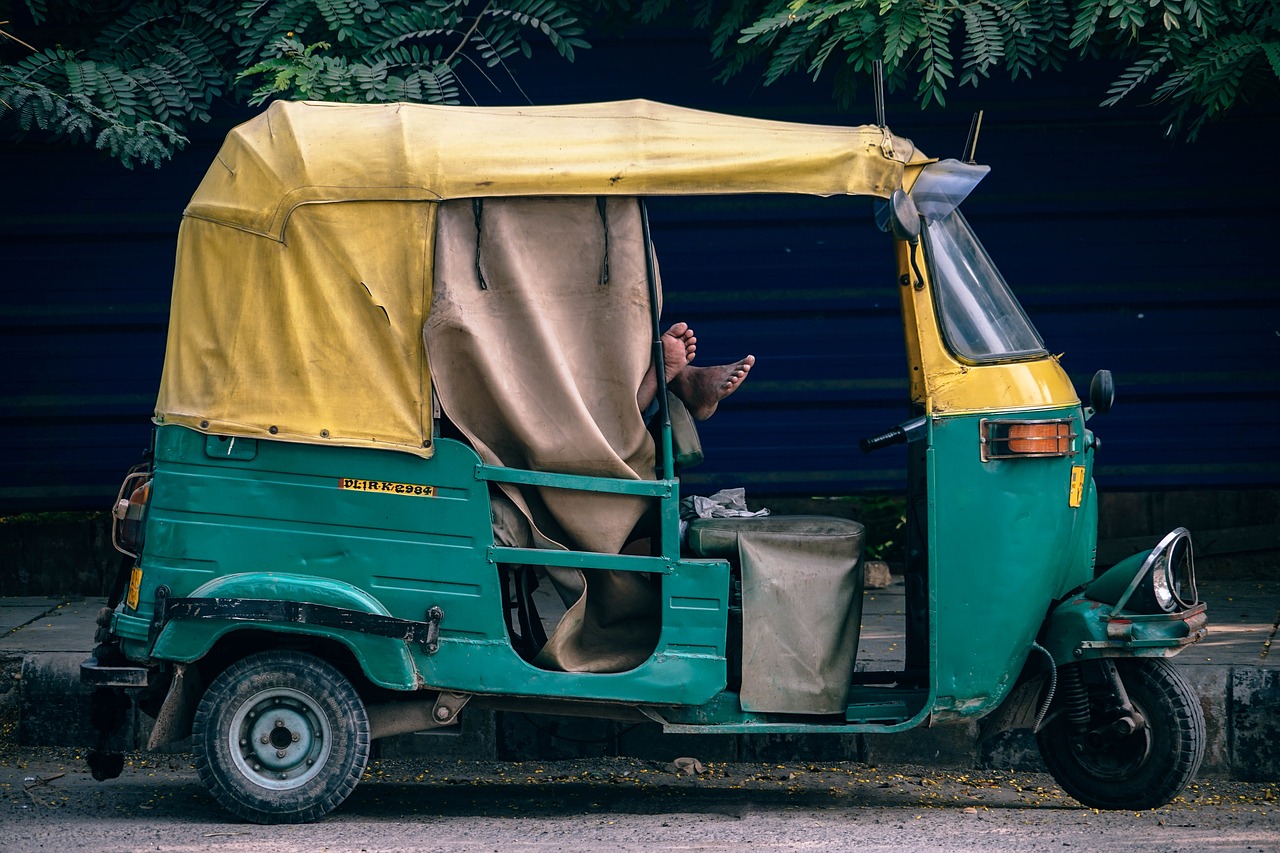
`Odd-Even Scheme’ - implemented in Delhi from January 1 to 15, 2016, found that there was hardly any impact on the characteristics and concentration of major air pollutants - particulate matter 2.5 (PM 2.5) and black carbon.
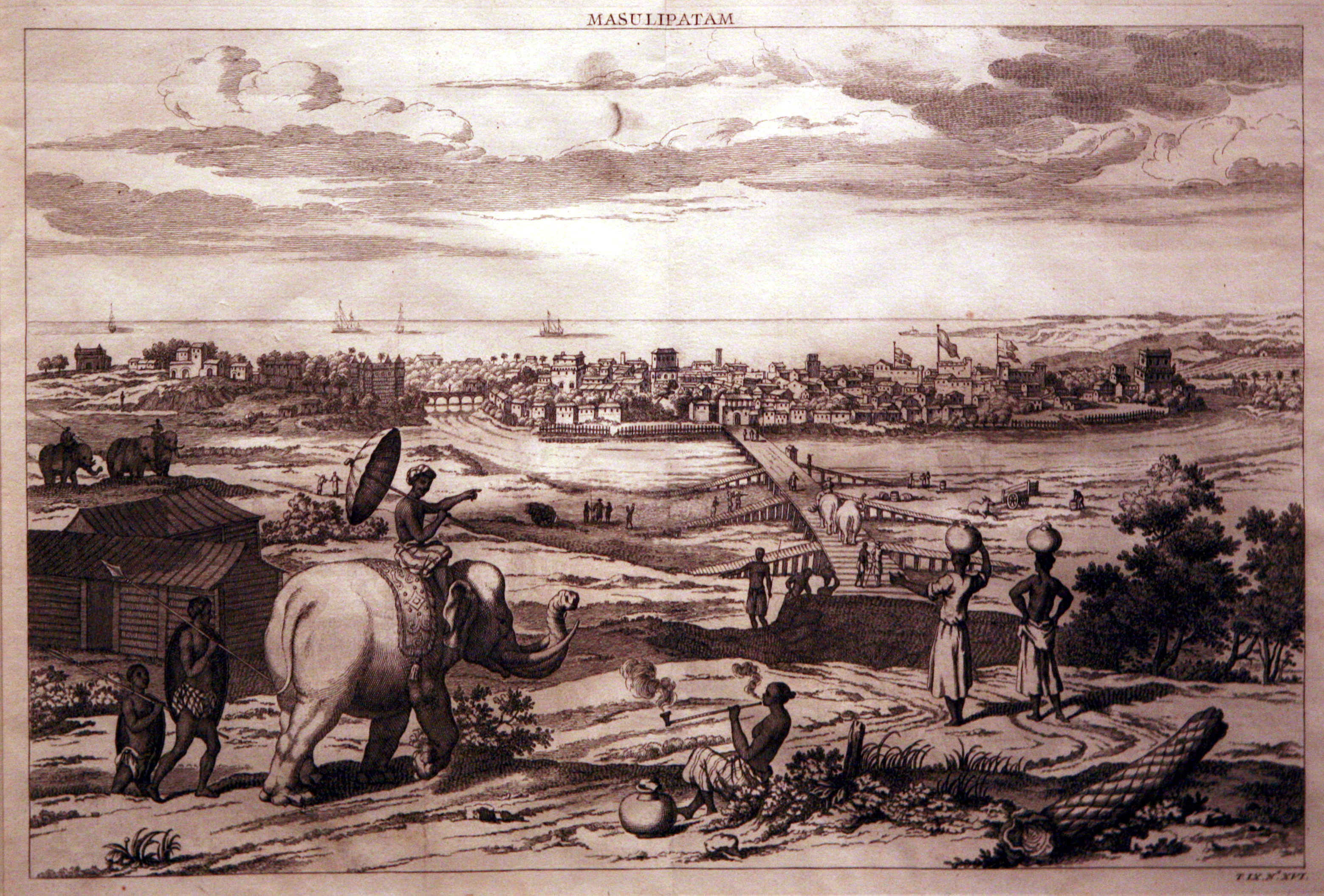
Machilipatnam is one of the oldest port towns on the Andhra coast. Very few Indians would know that it was also the site of a landmark discovery 150 years ago that laid the foundation of a new branch in science – astrophysics.
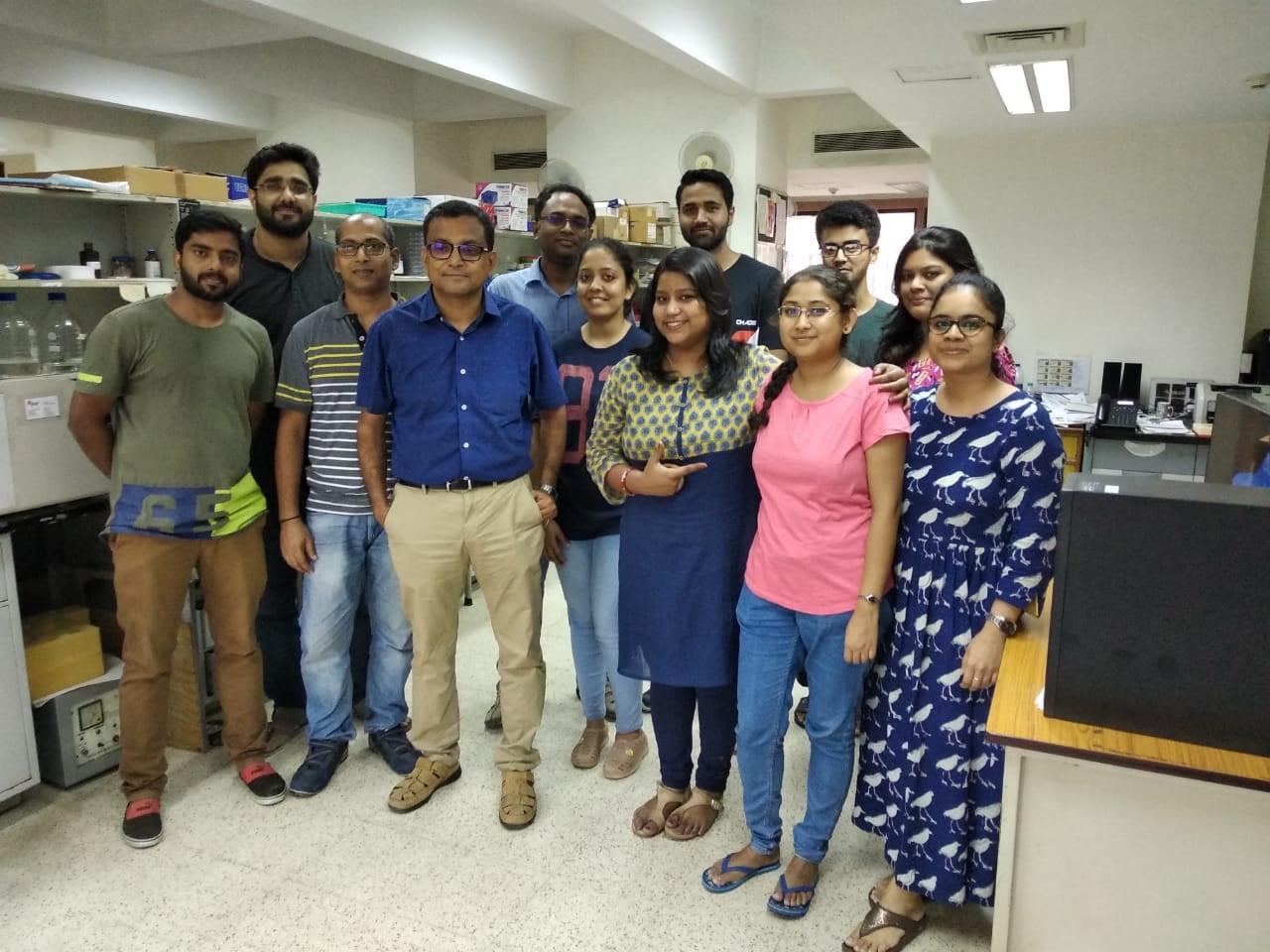
A team of researchers from the National Brain Research Centre have identified proteins that facilitate entry of Japanese Encephalitis virus inside the brain cells
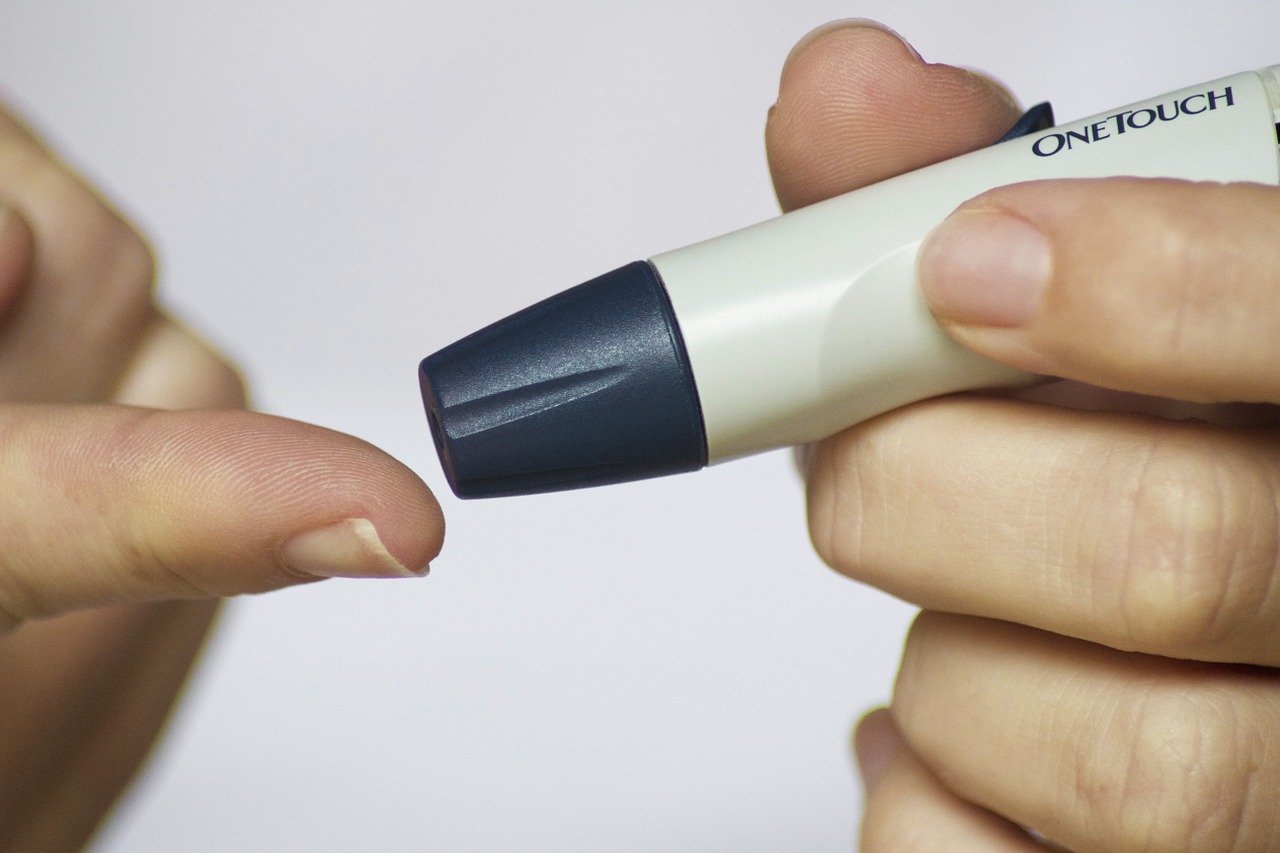
A new study by a team of researchers at Vanderbilt University Medical Center shows that a diabetes medication can improve the survival among several cancer types
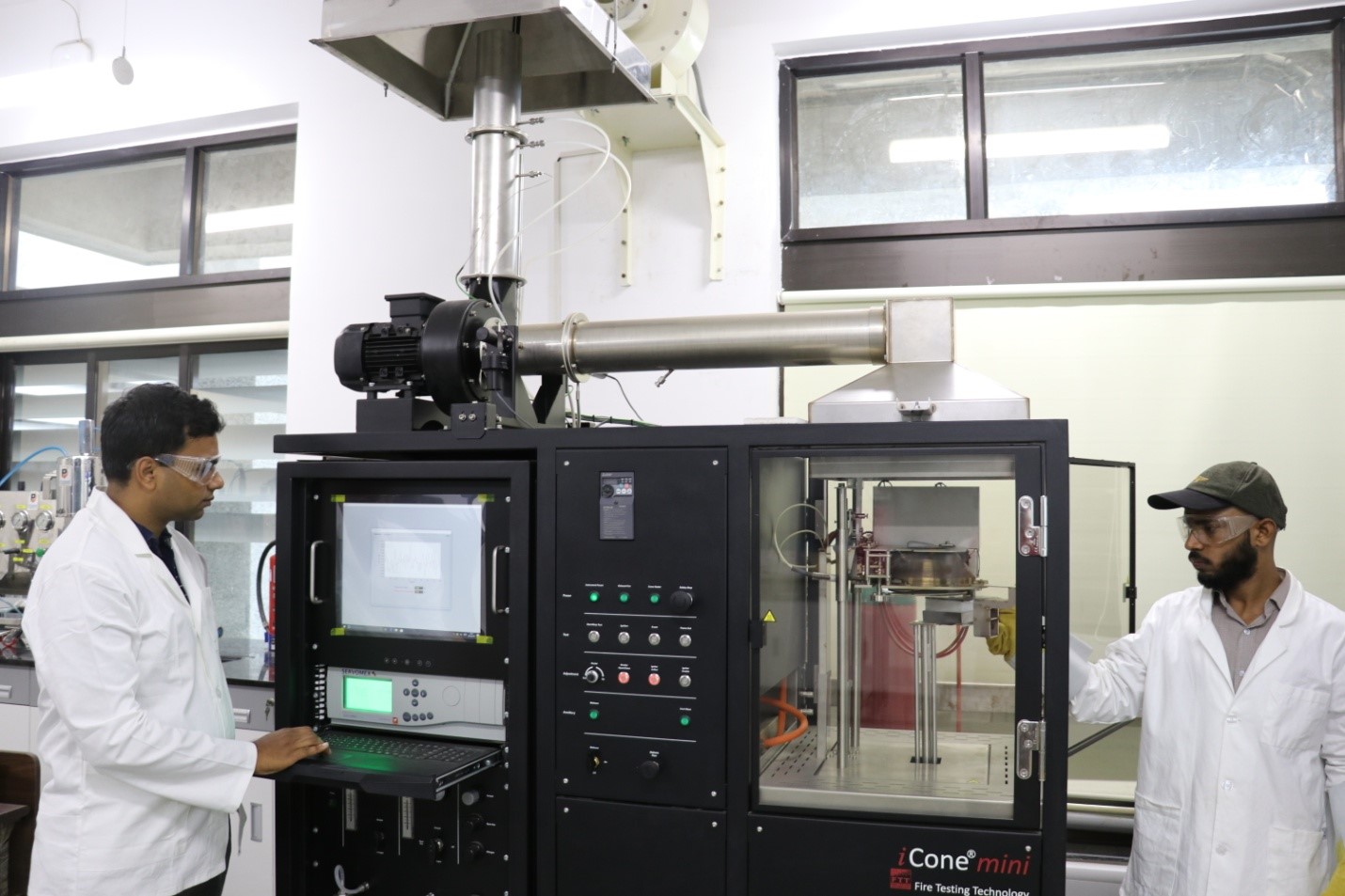
A new study by researchers at the IIT Gandhinagar has warned that the fire load in modern day buildings in India is three times greater than what was even as late as the 1990s
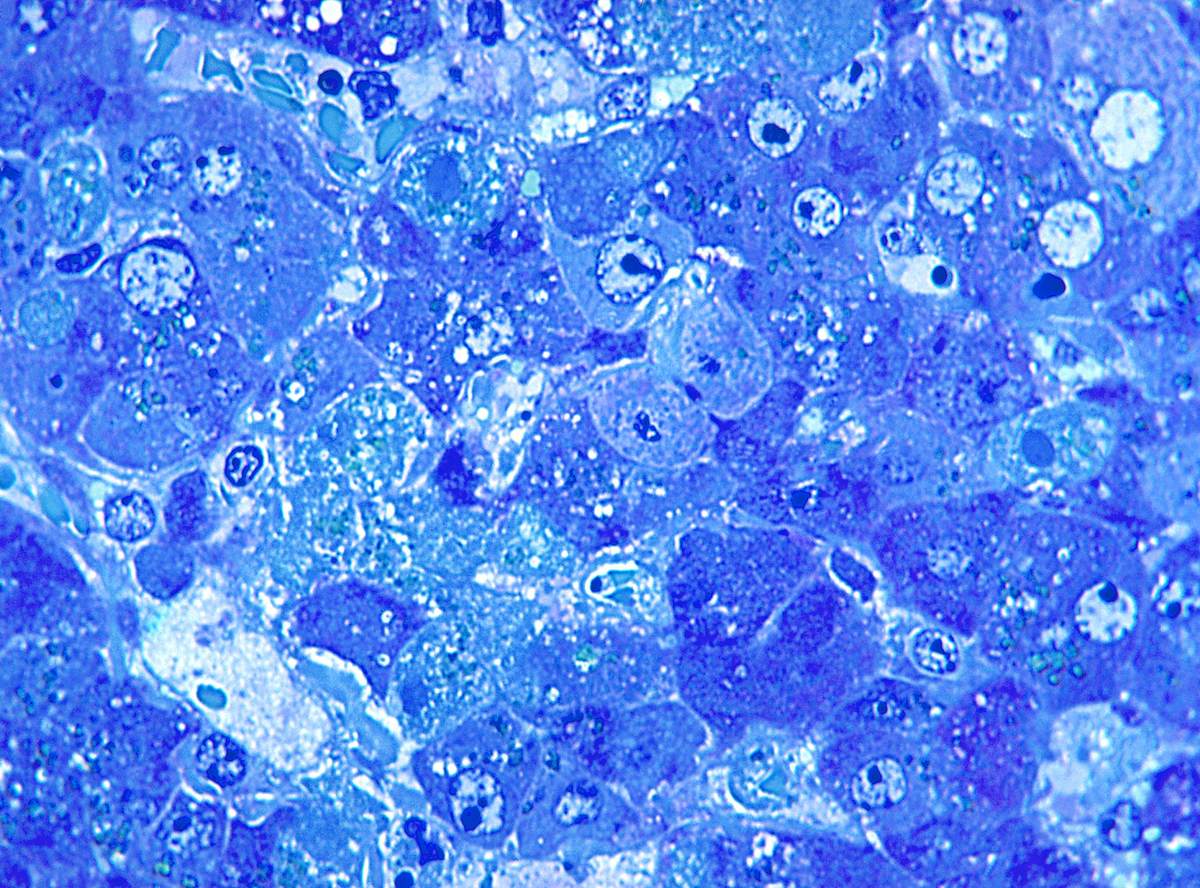
A group of Indian and French researchers have identified a biomarker in human urine that may help develop a simple test to let clinicians predict response to treatment prior to starting therapy for patients of Severe Alcoholic Hepatitis
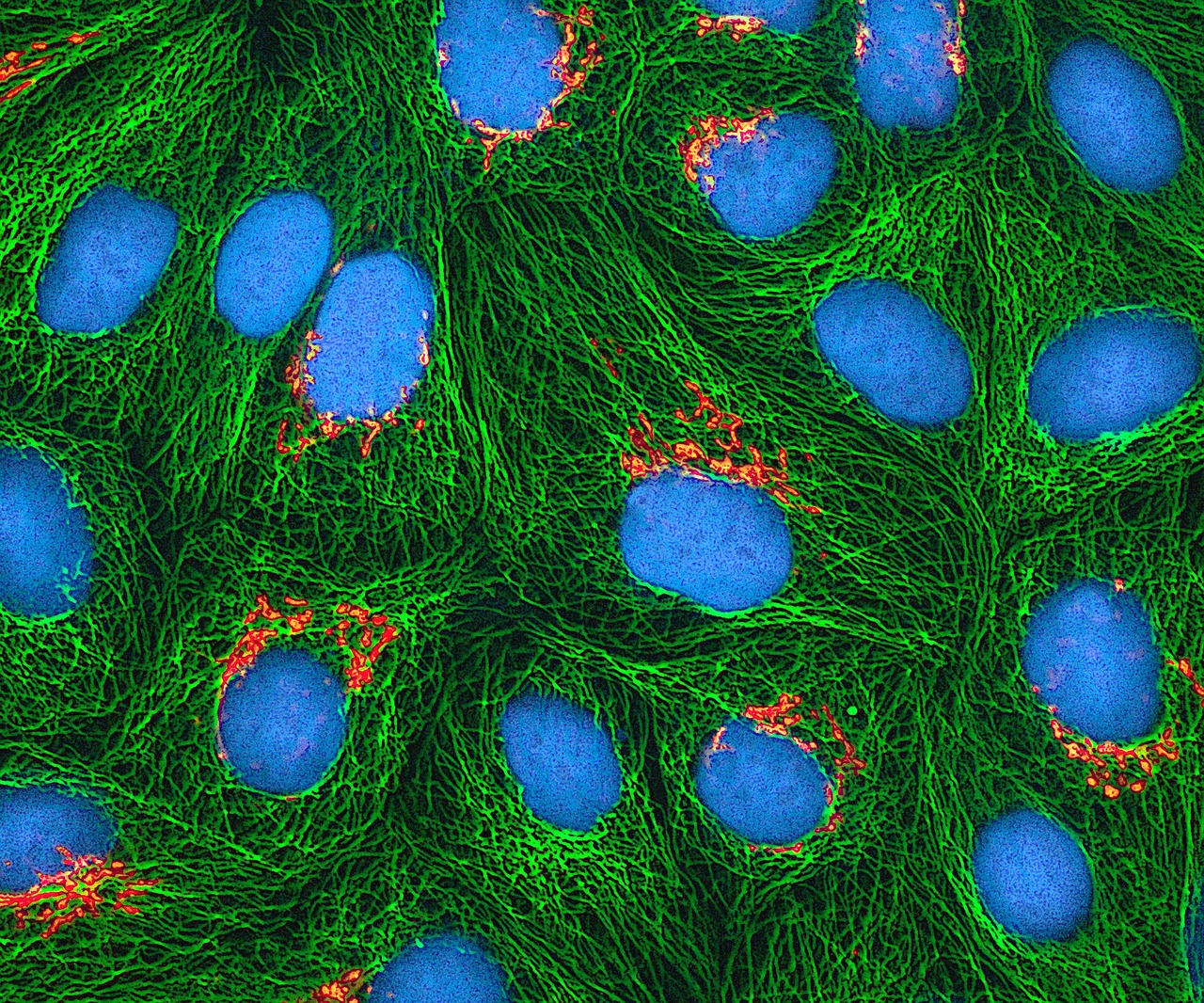
Scientists at Indian Institute of Science, Bengaluru have found a way to enhance uptake of fluorescent probes into cells.

About 15 million babies out of 26 million born every year in India are not able to get the benefit of mother’s milk within one hour of their birth despite 80% of them being born in health facilities, according to a new breastfeeding assessment report released on Tuesday.

A new study has found that mixed agriculture-forest landscapes near protected areas can also be used to promote conservation of bird biodiversity.

Indian scientists at NIOT and School of Engineering at Vels University have developed a new sensor for measurement of ocean temperatures.

A new study by researchers from Birbal Sahni Institute of Palaeosciences and the Geological Survey of India has indicated that the climate may have been warm and humid when the Indian and Eurasian tectonic plates began to collide leading to the formation of the Himalayas.

The researchers, who conducted the studies in four locations along Kerala coast, have found acriflavine, fluoroquinolone, beta-lactamase and methicillin-resistant genes in microbial populations in mangrove ecological systems. The genes having resistance to antibiotics have been found both in pristine environmental sites and regions affected by human activities.
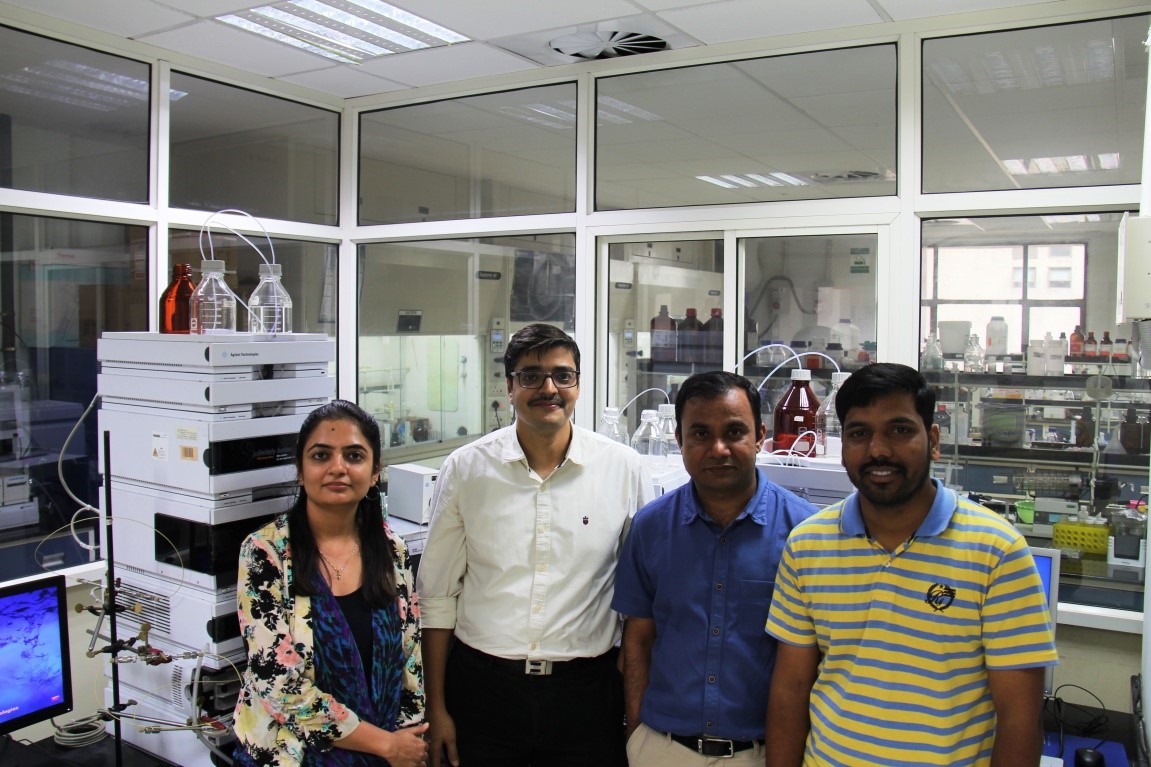
In a promising development in the area of targeted treatment of cancer, a team of researchers at the Indian Institute of Science Education and Research (IISER), Bhopal, have developed a new method to synthesize antibody-drug conjugates (ADC) using the chemical route.

A platform called Chandigarh Autism Screening Instrument (CASI), the questionnaire-based tool has been designed to help community health workers to carry out initial screening for autism

A new study by a collaborative team of researchers from India and America has found that Arsenic Trioxide - a naturally occurring metalloid – may be helpful in inducing cell death and also halt the growth of liver cancer cells

scientists from the Department of Chemistry at Indian Institute of Technology, Madras have developed a biodegradable superabsorbent polymer using chitosan (a kind of sugar extracted from seafood waste), citric acid and urea. This superabsorbent has the capacity – it can absorb 1250 gm of water for each gram of the polymer
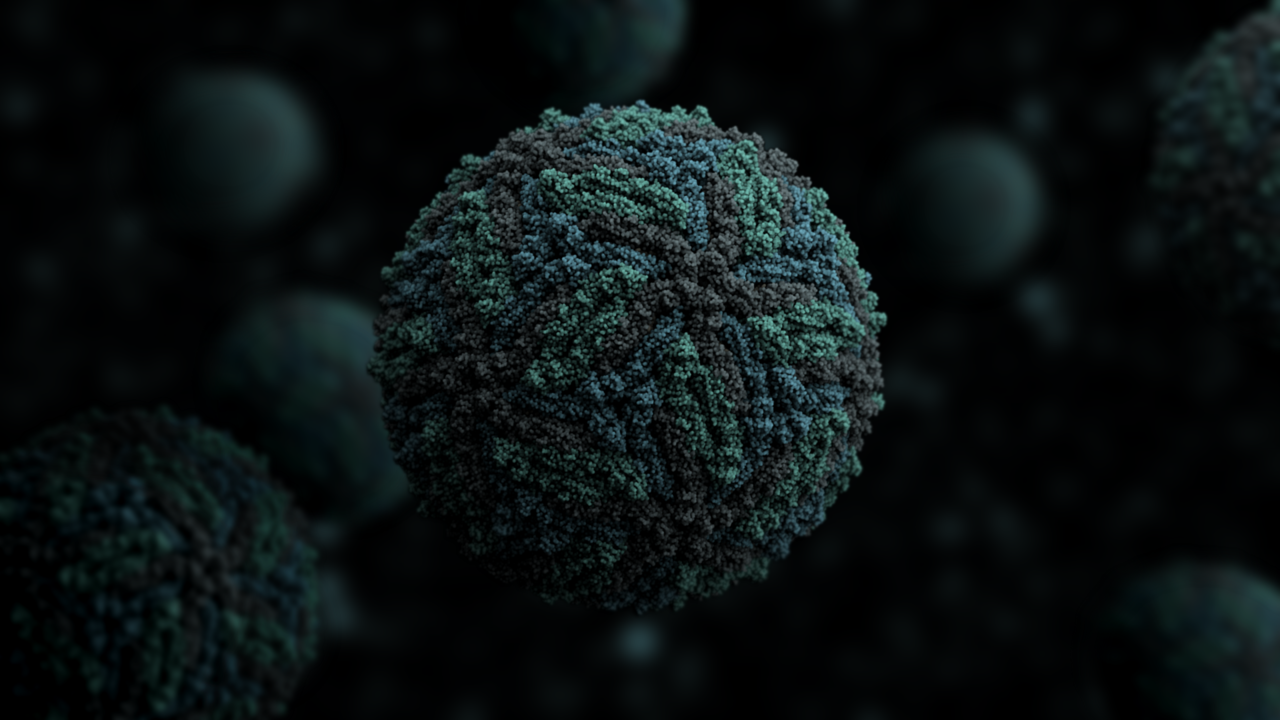
Researchers at the National Brain Research Centre (NBRC) at Manesar have carried out detailed investigations to understand cellular and molecular mechanisms that may help to understand how zika causes microcephaly in babies.

Tomorrow is going to be a double bonanza for sky gazers. Even as the world get ready for the much awaited longest total lunar eclipse of the century, they will also get to witness another relative rare celestial phenomenon.
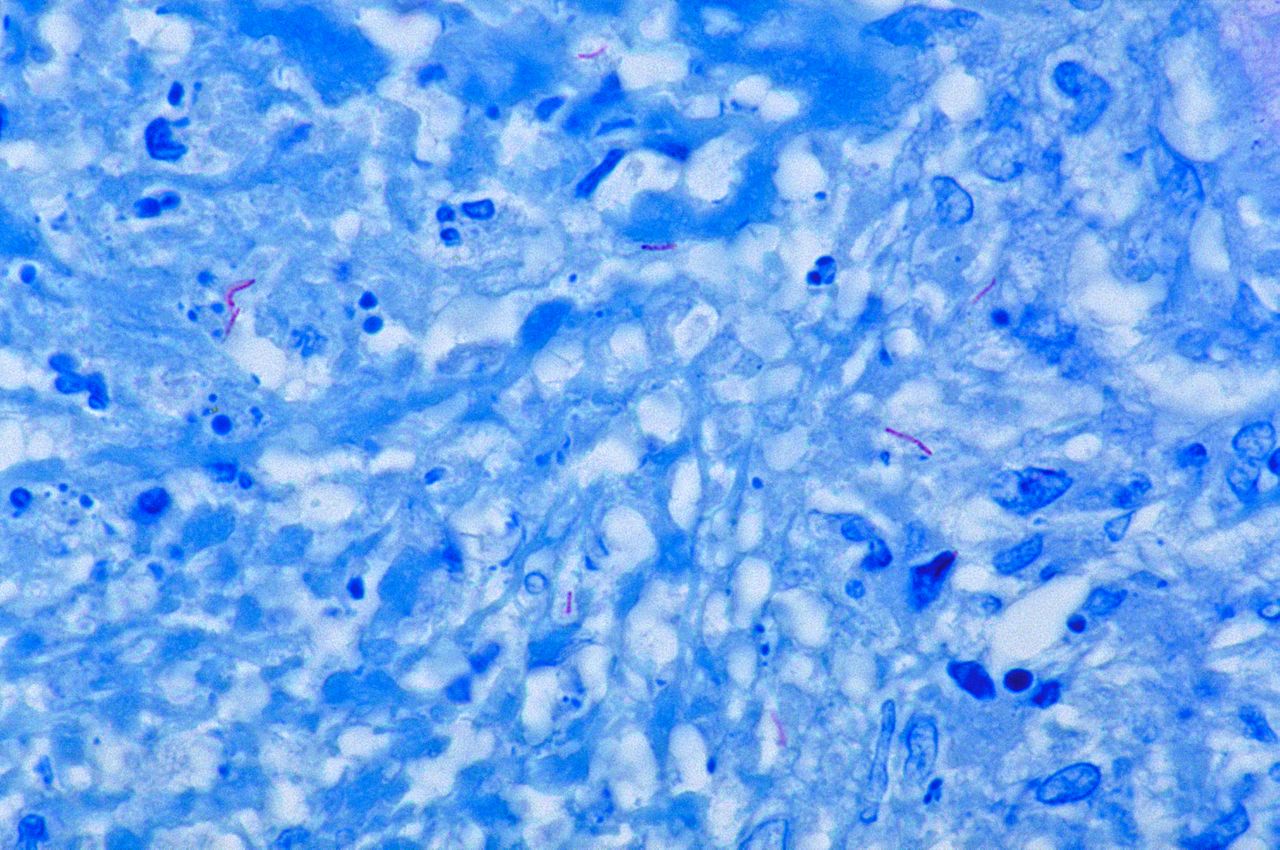
The scope for developing a new vaccine against the dreaded disease of Tuberculosis through the biological route has become brighter, with researchers at Kolkata-based Indian Institute of Chemical Biology (IICB) and Bose Institute identifying a potential trouble spot and figuring out ways to deal with it.

The Total Lunar eclipse on the intervening night of July 27 and 28 will last about 103 minutes and be the longest for the 21st century. The longest total lunar eclipse of the last century happened in its last year on July 16, 2000.
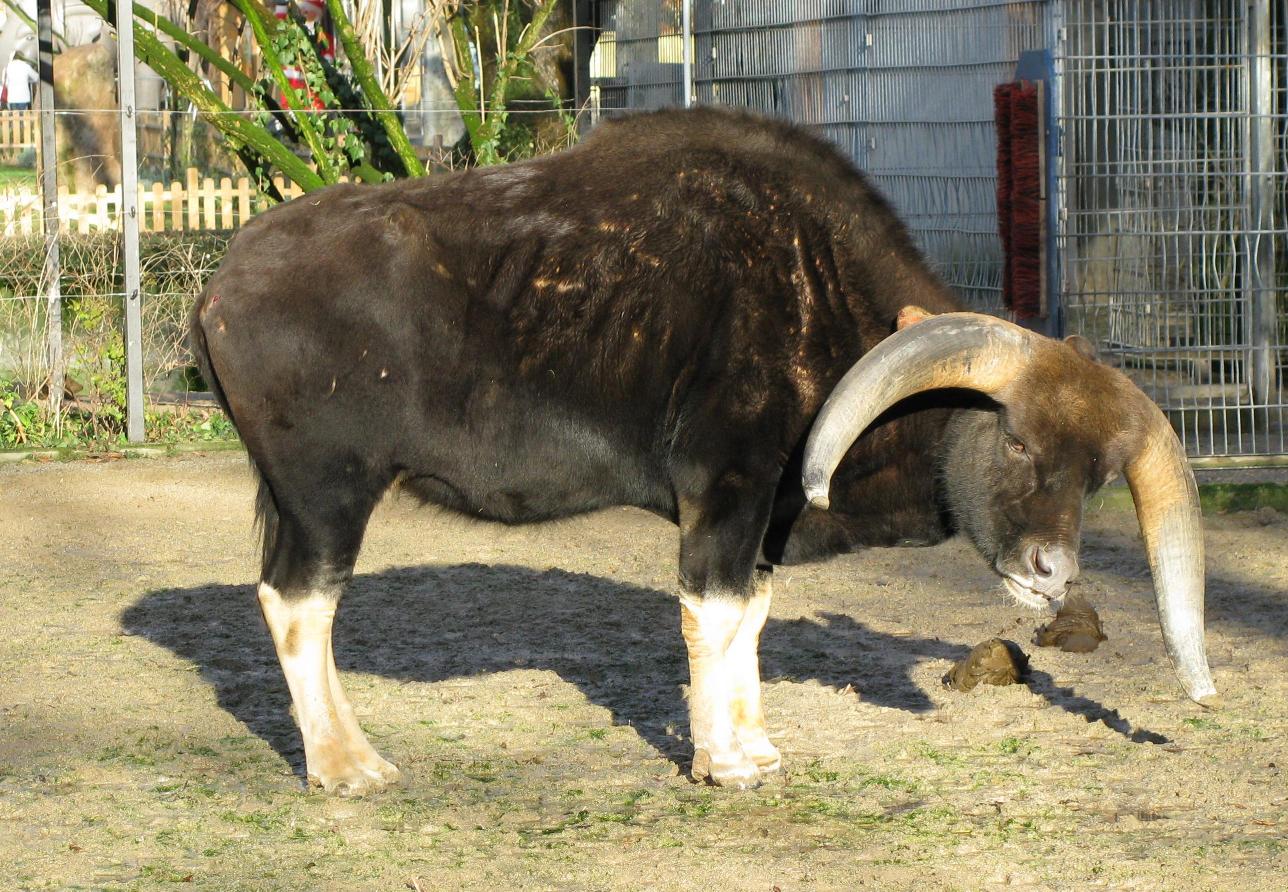
The study has confirmed that Indian Mithun is different from the other cattle found in the Northeastern hill region. Though there are similarities with the gaur bull as they share a common ancestry, it is established that Mithun did not originate from crossing gaur bulls with indigenous cattle.
A new book by technology writers Anand Parthasarathy and S Sadagopan is an attempt to fill this gap in understanding of the Indian IT industry. The book “Icons of Indian IT”, as the name indicates, profiles 25 of India’s technology pioneers from academics, government, and industry.

researchers at the Indian Institute of Technology, Delhi have designed and fabricated a low-cost, and light-weight polymeric polycentric prosthetic knee joint with energy-efficient gait option
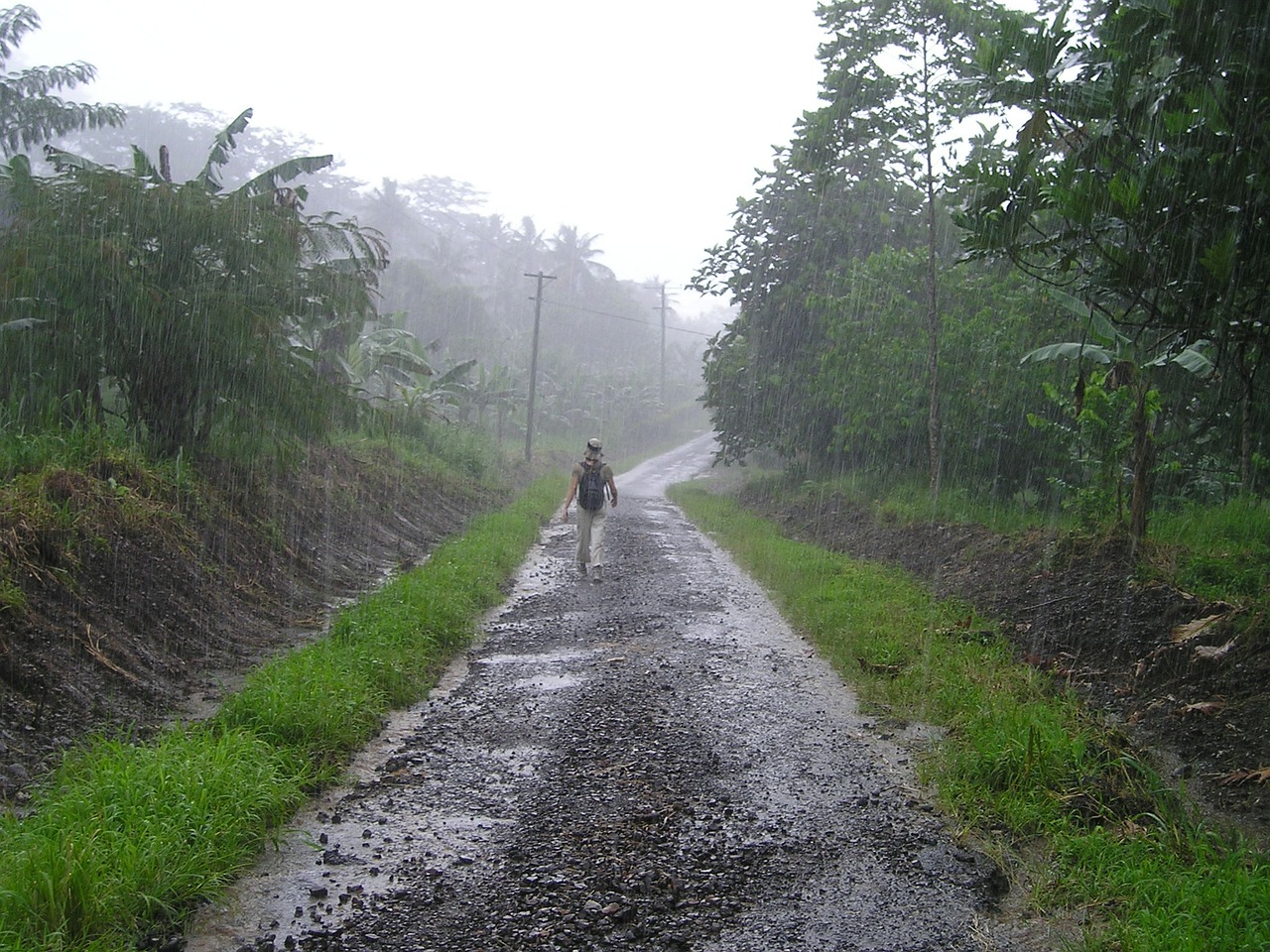
The dynamic forecast by the India Meteorological Department (IMD) is now targeting rainfall at the district level but the focus remains largely on the impact of El Niño on all India monsoon rainfall
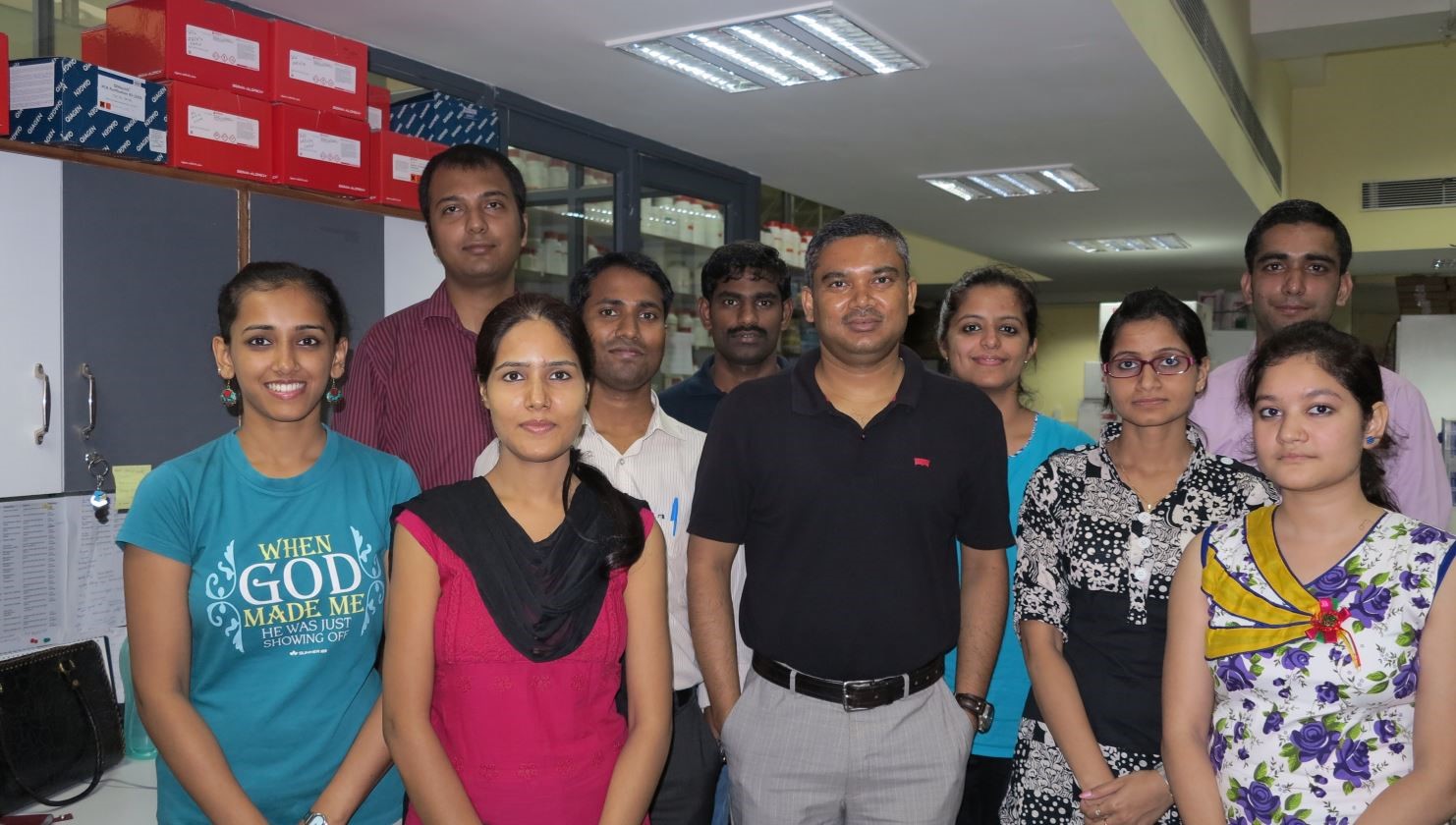
A study of gut bacteria among groups of Indians has shown that they vastly differ from those found among western populations and even depend on multiple factors like exposure to pollution and cooking medium

Scientists from the Ahmedabad-based Space Applications Centre (SAC) of Indian Space Research Organisation (ISRO) have reported extensive erosion of mudflats by studying sequential satellite images. Scientists analyzed temporal satellite images to understand the hydrodynamics and coastal processes along the northern part of the Gulf of Khambhat
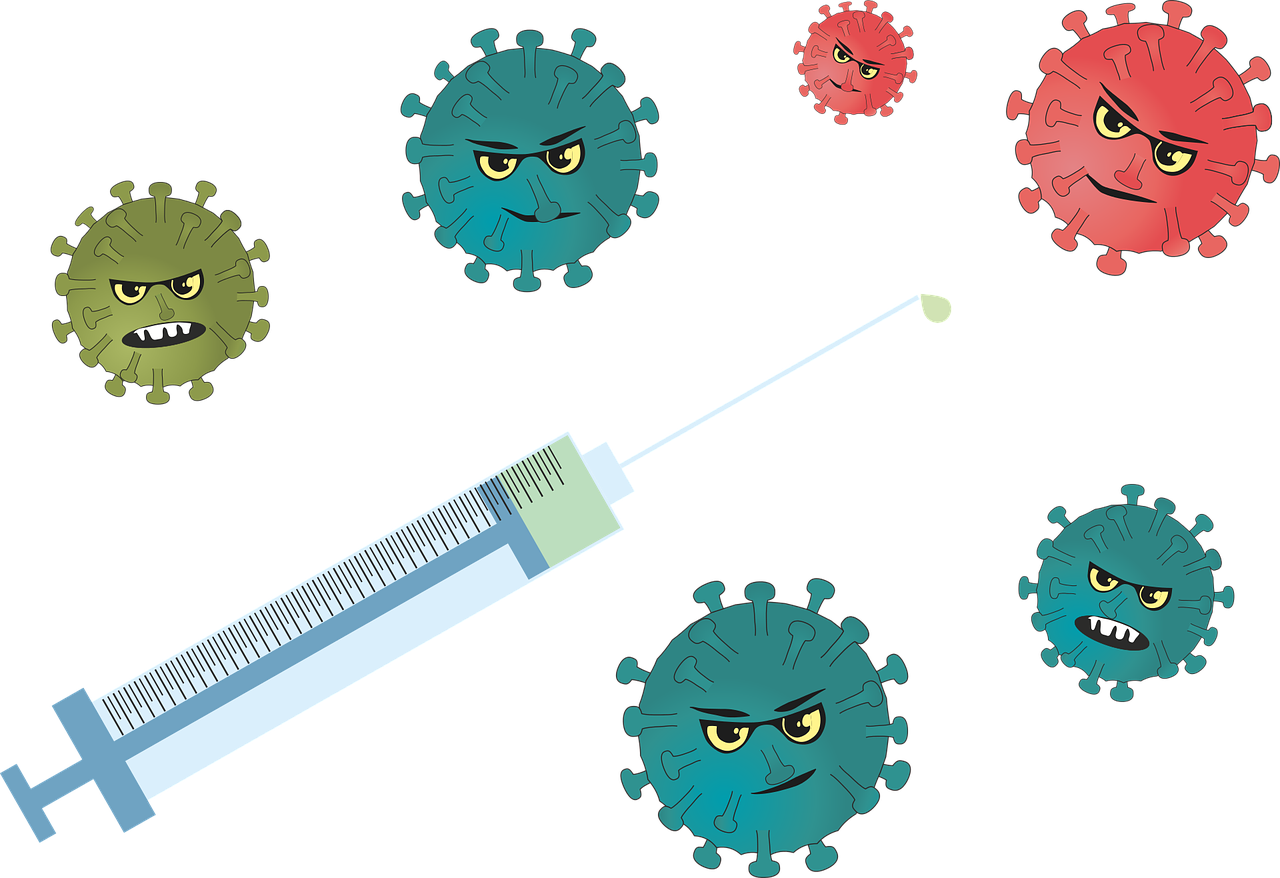
A team of Indian and American researchers has identified the immune-modulatory function of a protein that could potentially help in treating sepsis and other inflammatory diseases caused due to abnormal functioning of immune cells
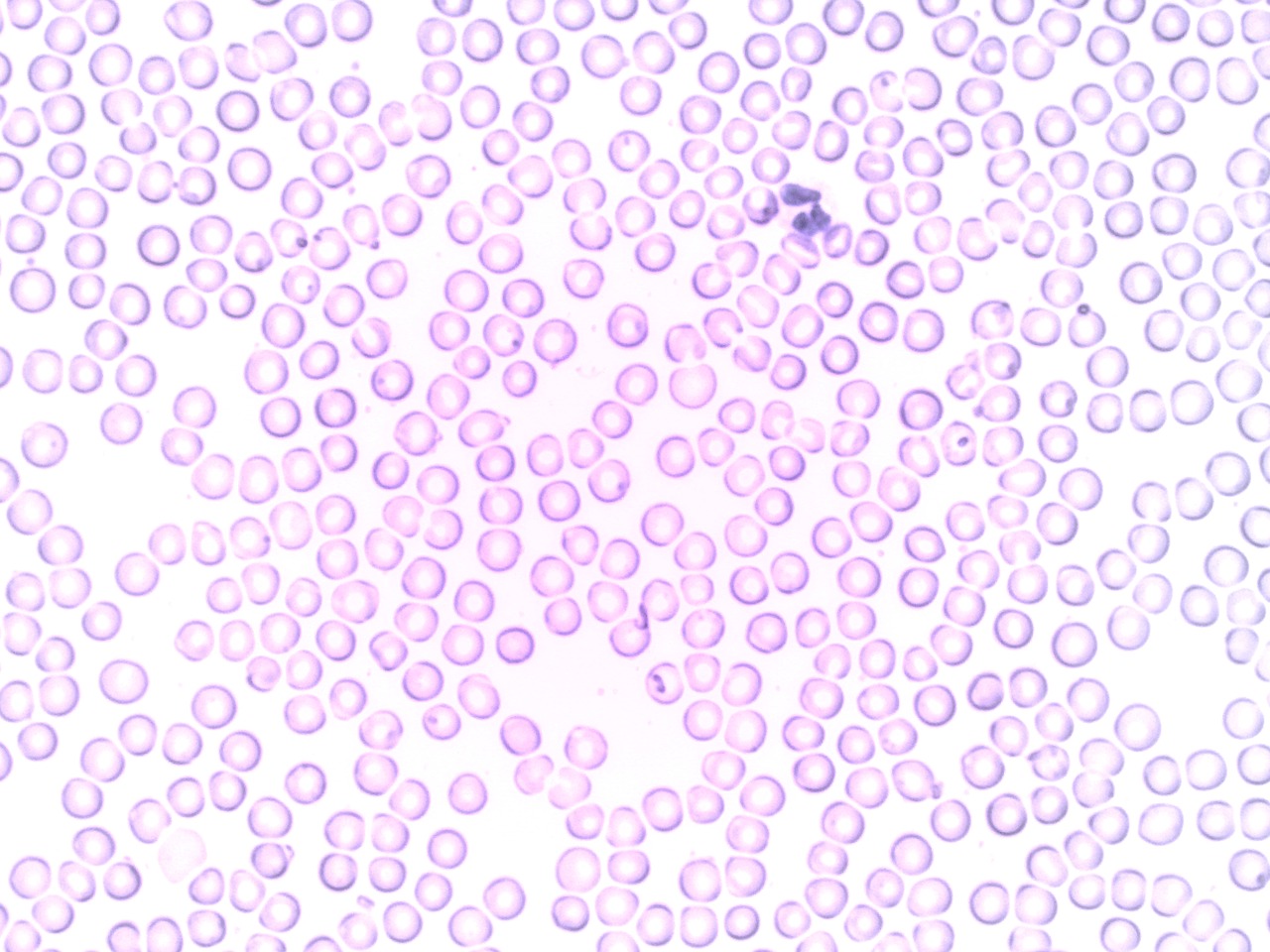
Dr. Jagadeesh Bayry’s team at Institut National de la Santé et de la Recherche Médicale (French National Institute of Health and Medical Research, INSERM), Paris, France- have discovered that Tregs instead of suppressing the activities of basophils, they trigger these cells to express activation markers, to secrete cytokines and support their allergic responses.

A group of scientists at the Indian Institute of Technology, Mandi, have documented steps involved in breaking natural rubber down in order to make it environmentally safe.
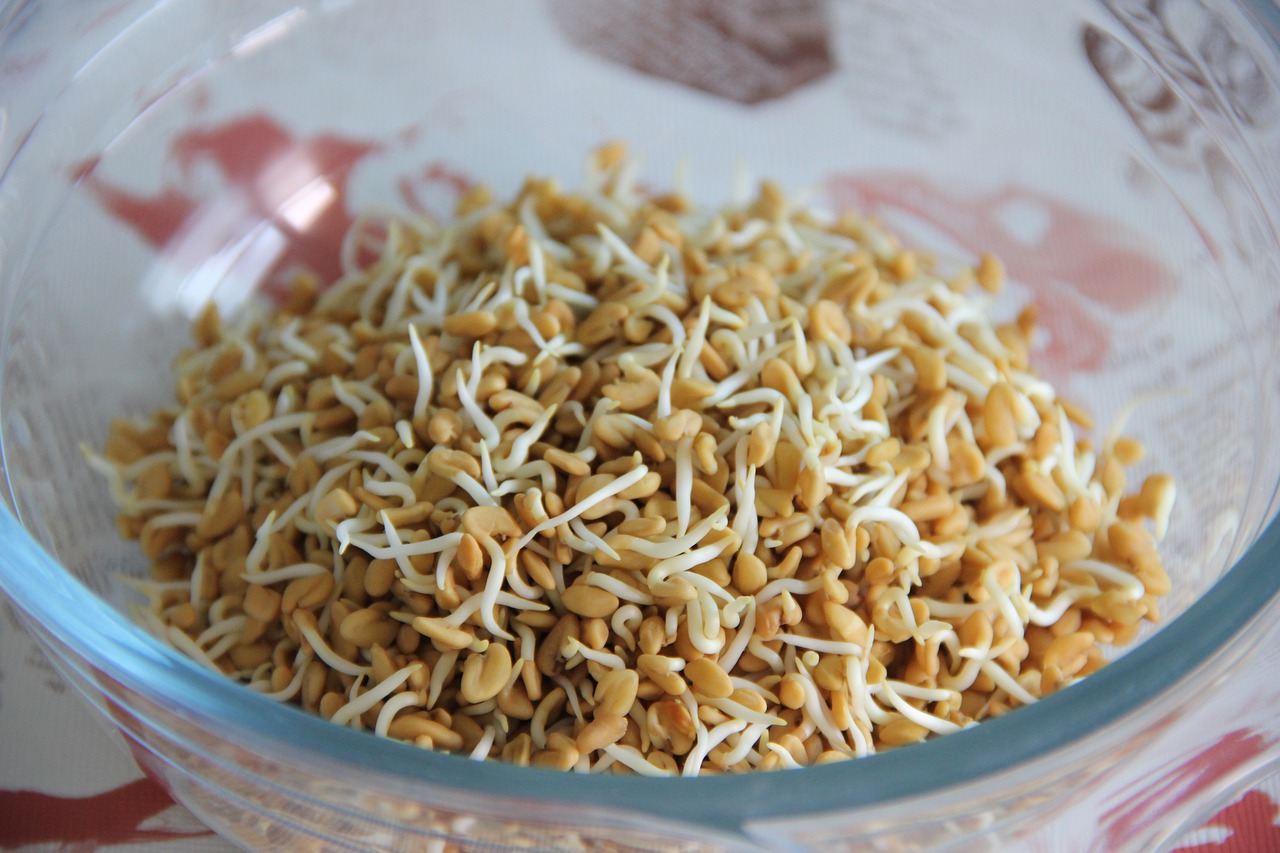
Scientists from CSIR-Central Food Technological Research Institute, Mysore have found out the mechanism by which fenugreek and onion protect heart-related disorders in diabetic patients

Just imagine being able to know what Dr. A P J Abdul Kalam, who expired in July 2015, would have thought about today’s test firing of the supersonic missile or any other current issue of his interest.
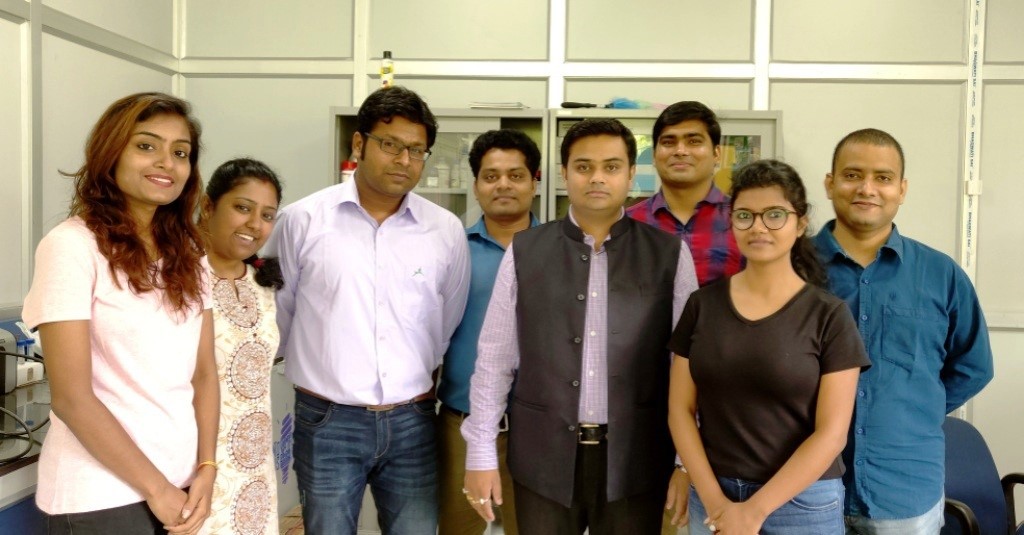
A popular vegetable helps in preparation of an effective nanoparticle-based formulation to treat Kala Azar, which is caused by Leishmania donovani. Researchers at the Indian Institute of Technology, Guwahati used Sechium edule or Chayote to prepare nanosilver particles that proved toxic to Leishmania. Nanosilver particles are tiny particles of silver and are known to be lethal to microorganisms.

Oscillating water columns can be used to tap energy from oceanic and sea waves. The higher cost of wave energy devices, however, remains a challenge.
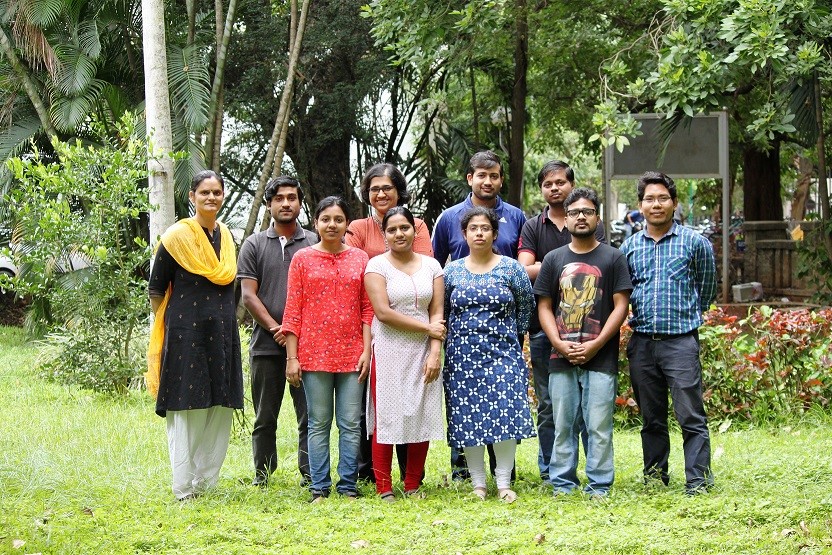
Flexible, lightweight and highly efficient micro-supercapacitors have been developed by Indian scientists, for potential use in advanced miniaturized digital devices.
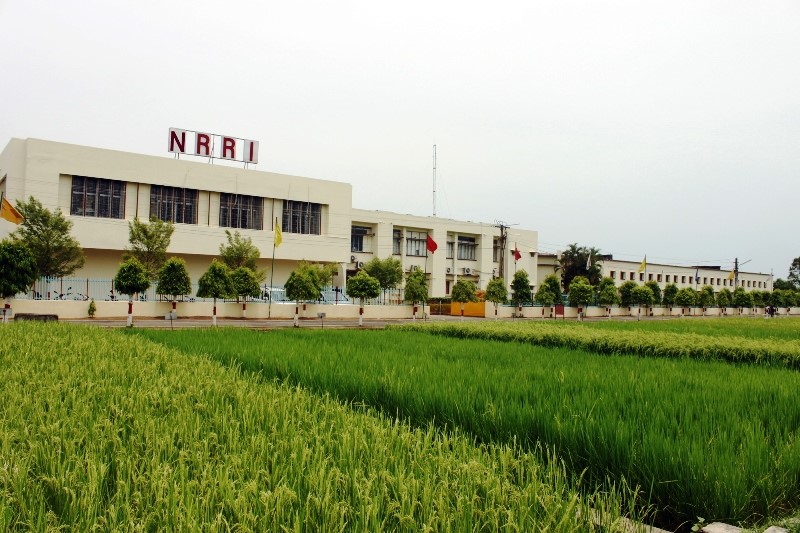
Soil supports life on earth and is a dynamic living system. The microorganisms living in it are part of nutrient recycling especially carbon, nitrogen, sulfur, and phosphorus.
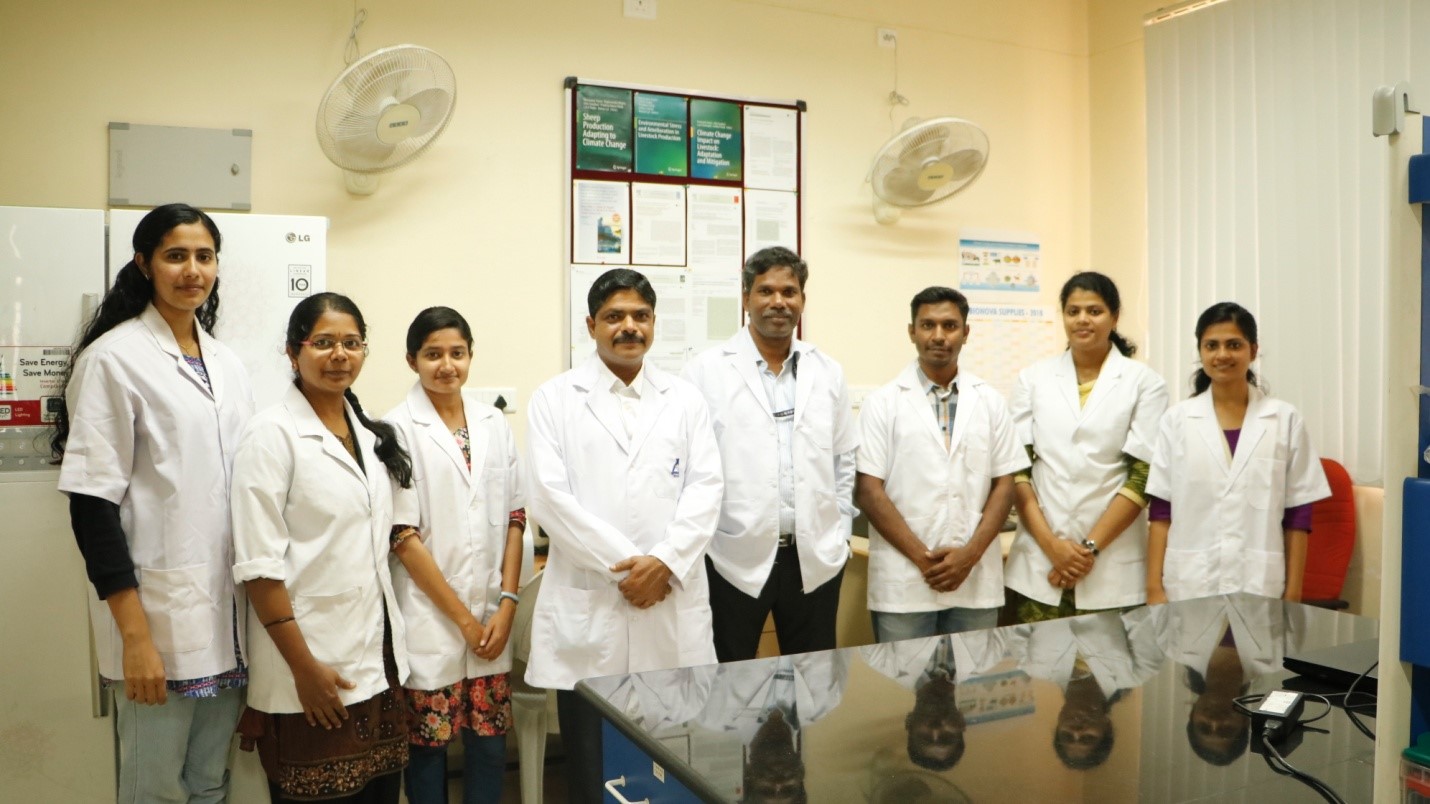
Climate change is posing a challenge not only to agricultural crops but also to livestock. In order to sustain rural livelihoods, it is critical to identify livestock breeds that are climate resilient.

Availability of potable drinking water remains a challenge in rural areas in several parts of the country. Commercially available water filters are costly, need electricity to run and reverse osmosis (RO)-based purifiers waste a lot of water.
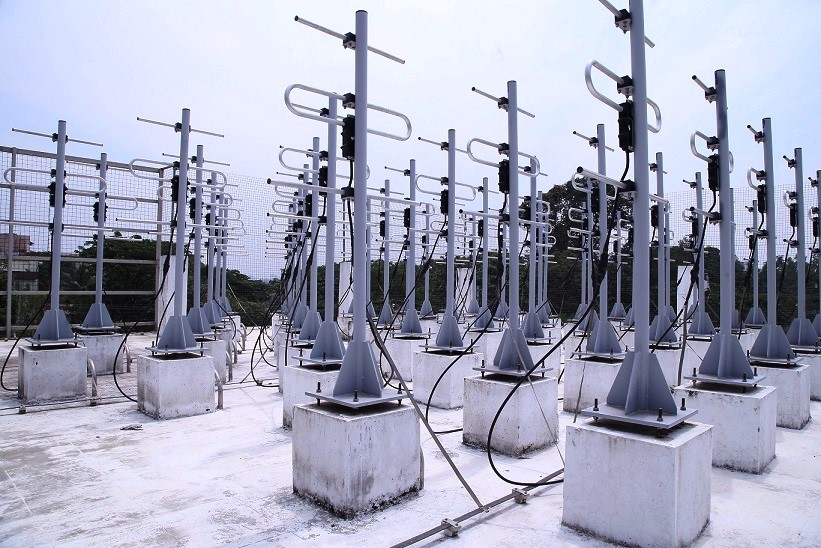
A fully indigenously built radar to scan high skies over the Indian ocean for movement of air and monsoon winds has started functioning at the Cochin University of Science and Technology in Cochin.

Antimicrobial resistance has become a global health challenge, making easily treatable infections difficult to treat. The problem is not sparing vulnerable population groups like newborn babies who need urgent treatment in case of conditions such as neonatal sepsis.

A new study has shown that it is not enough to merely offer free care to encourage women to seek treatment in hospitals. It has found that gender disparity continued even where free health care was provided.

Ginger not only adds some spice to Indian food but is also an important medicinal plant. Now a team of researchers from Kerala has discovered two new species of ginger in the biodiversity hotspot of the Northeast.

Lower vitamin D levels may be linked to higher blood glucose levels in Indian women with the pre-diabetes condition, according to a new study.

It will now be easier for diabetics, heart patients and those who are on diet to figure out how much calories they are consuming while eating Indian food.
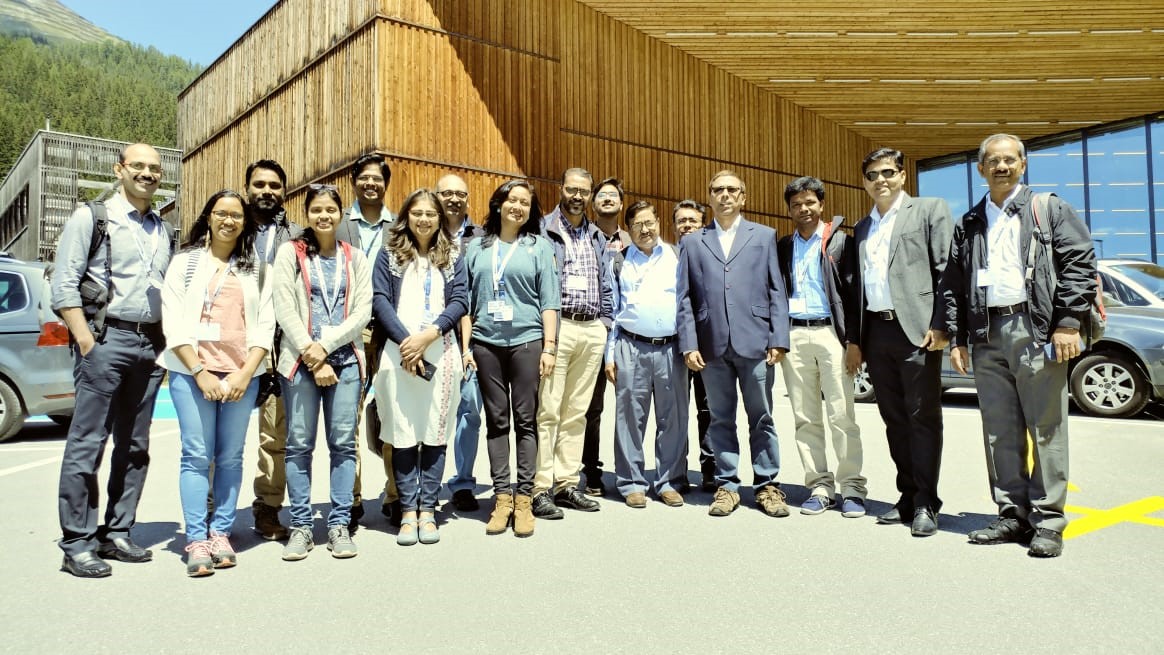
Polar regions have a major influence on global climate and this is making researchers working in both the Arctic and the Antarctic to come together to share knowledge and experience.

We are all familiar with number crunching, data mining and the use of supercomputers today. How did people handle large calculations before the advent of modern computers?

Scientists at Assam Agricultural University, Jorhat have reported that oil extracted from the seeds of some of the tea varieties grown in Assam is heart-friendly with high levels of unsaturated fatty acids.
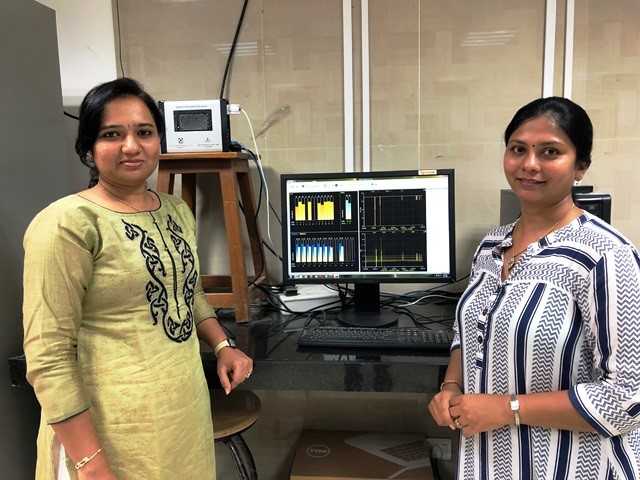
NavIC, India’s very own navigation satellite system, is projected to provide positioning and navigation services on the lines of US-owned Global Positioning System (GPS).

Researchers at India Institute of Technology, Delhi, have come up with an improvised prediction model that promises to help make a more accurate forecast of storm surges due to the cyclone and other storms arising on the eastern flank of the country, in the Bay of Bengal.
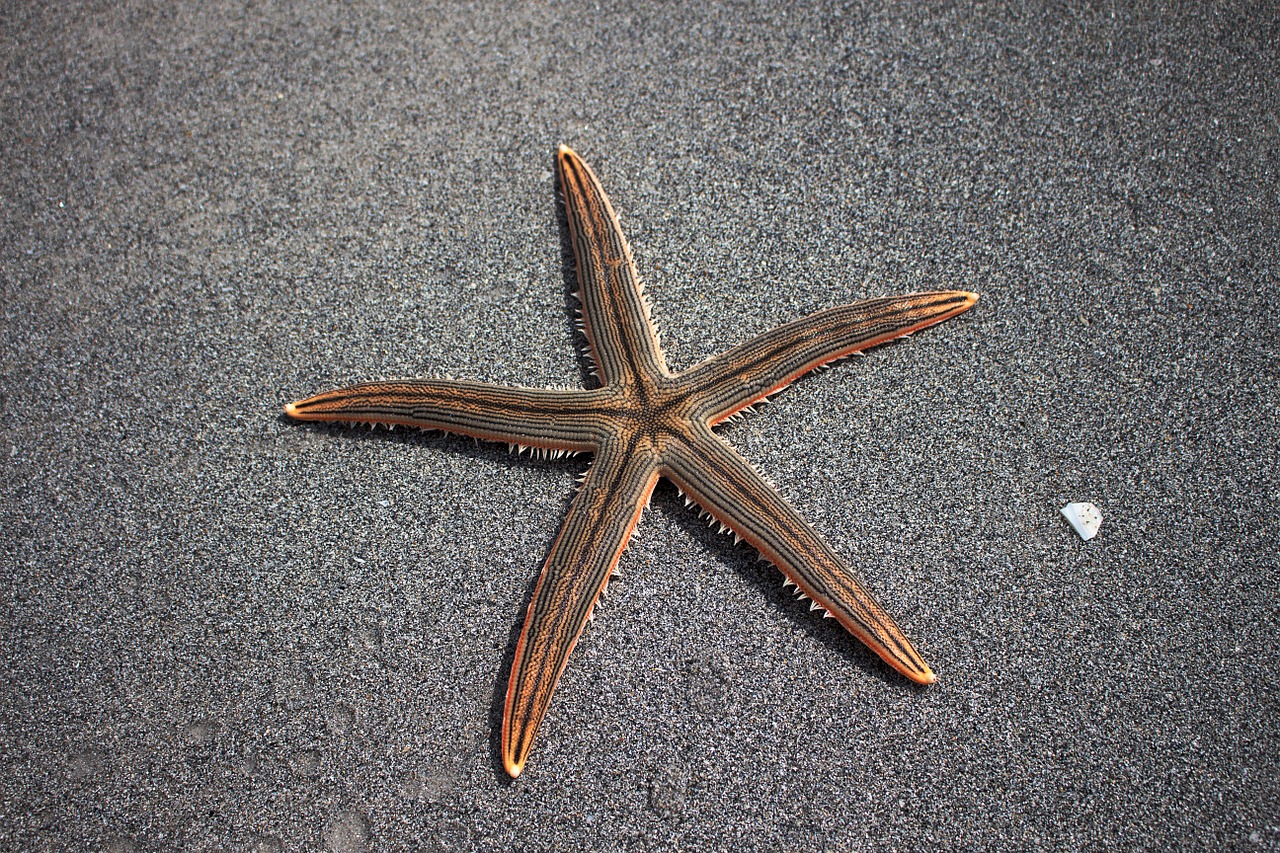
A recently published study in journal Proceedings of the National Academy of Science documents how sea stars resort to rapid genetic selection when subjected to the shock of mortality due to a wasting disease.

Professor Holenarasipur Yoganarasimham Mohan Ram, fondly referred to as HYM, who passed away on June 18, was an unassuming botanist and an extremely thoughtful, hardworking teacher fascinated by nature.

A team of scientists from India and America have figured out why HIV-1C subtype is more prevalent than other subtypes of the virus.
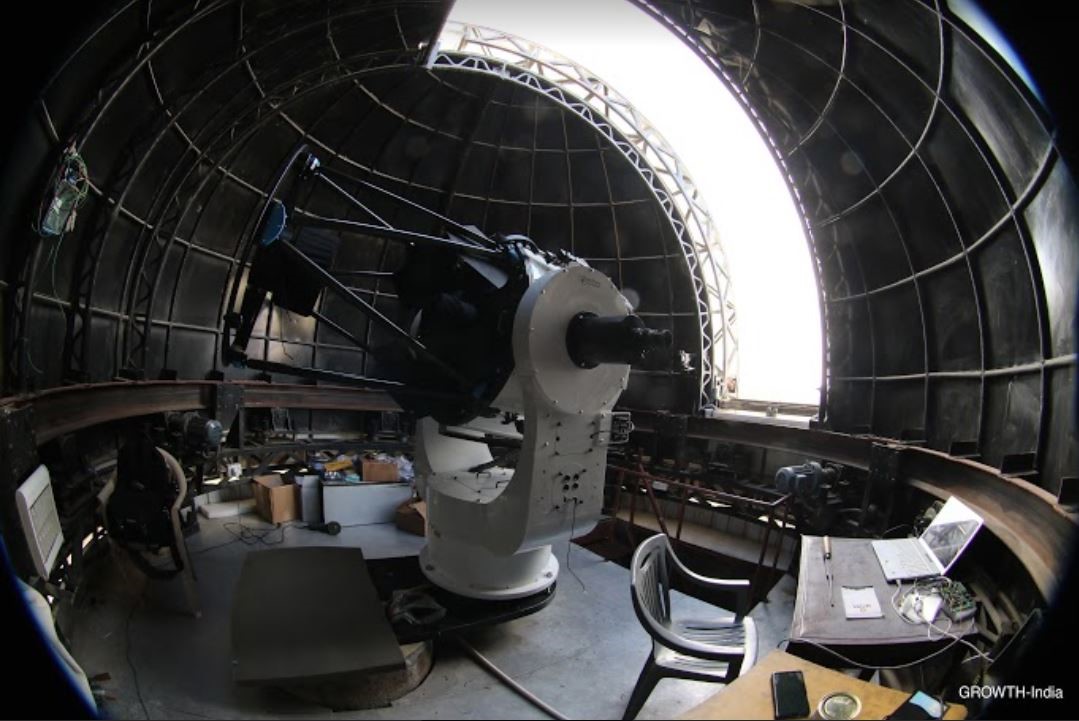
India’s newest telescope has started observing the skies. The telescope located at the Indian Astronomical Observatory (IAO) at Hanle in Ladakh is the country’s first robotic telescope and the first one designed to observe dynamic or transient events in the universe.

Breast cancer is the most common type of cancer among women worldwide. Research over the past few decades has unlocked many mysteries of this disease leading to the availability of better detection tests and drugs for patients.
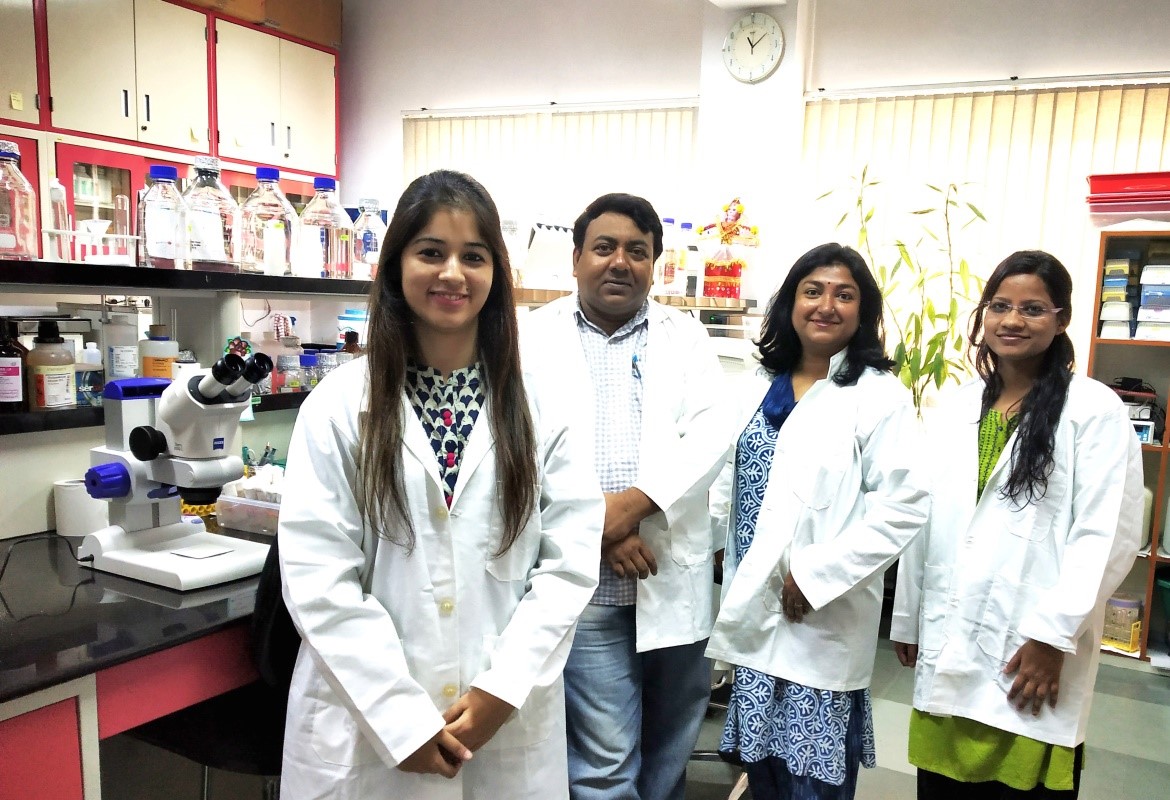
A study by researchers at Department of Genetics at Delhi University South Campus has indicated that it was possible to restrict the progression of Huntington’s disease by increasing insulin signalling in the brain neuronal cells.

The Hello Tomorrow Global Challenge was founded in order to give deep tech entrepreneurs, engineers, and researchers access to the funding, visibility and connections they needed to have the impact.

Imagine turning plastic waste into useful products likes tiles and bricks. Researchers at the Indian Institute of Technology, Roorkee, have developed a technology that will help people do just this.
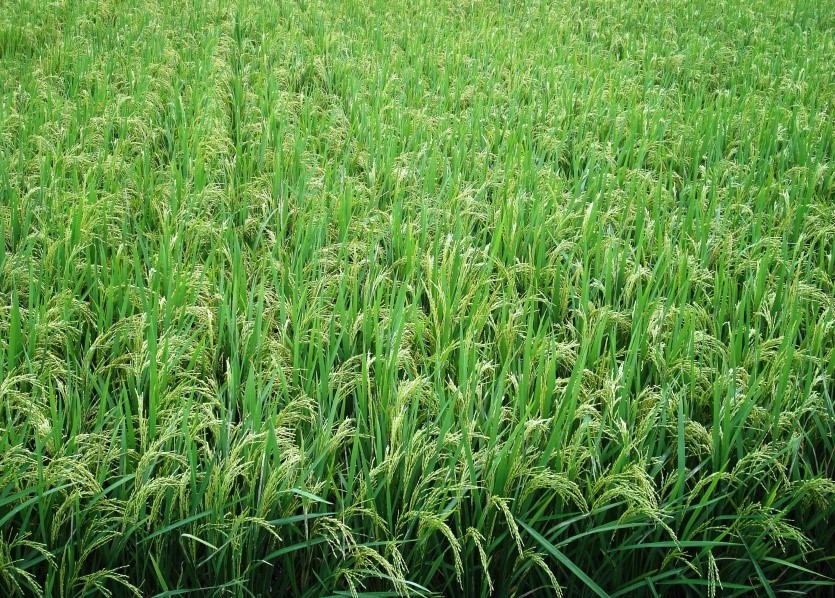
Researchers at the Hyderabad-based Indian Institute of Rice Research have developed a new variety of the popular Improved Samba Mahsuri (ISM) rice that can resist bacterial blight disease.
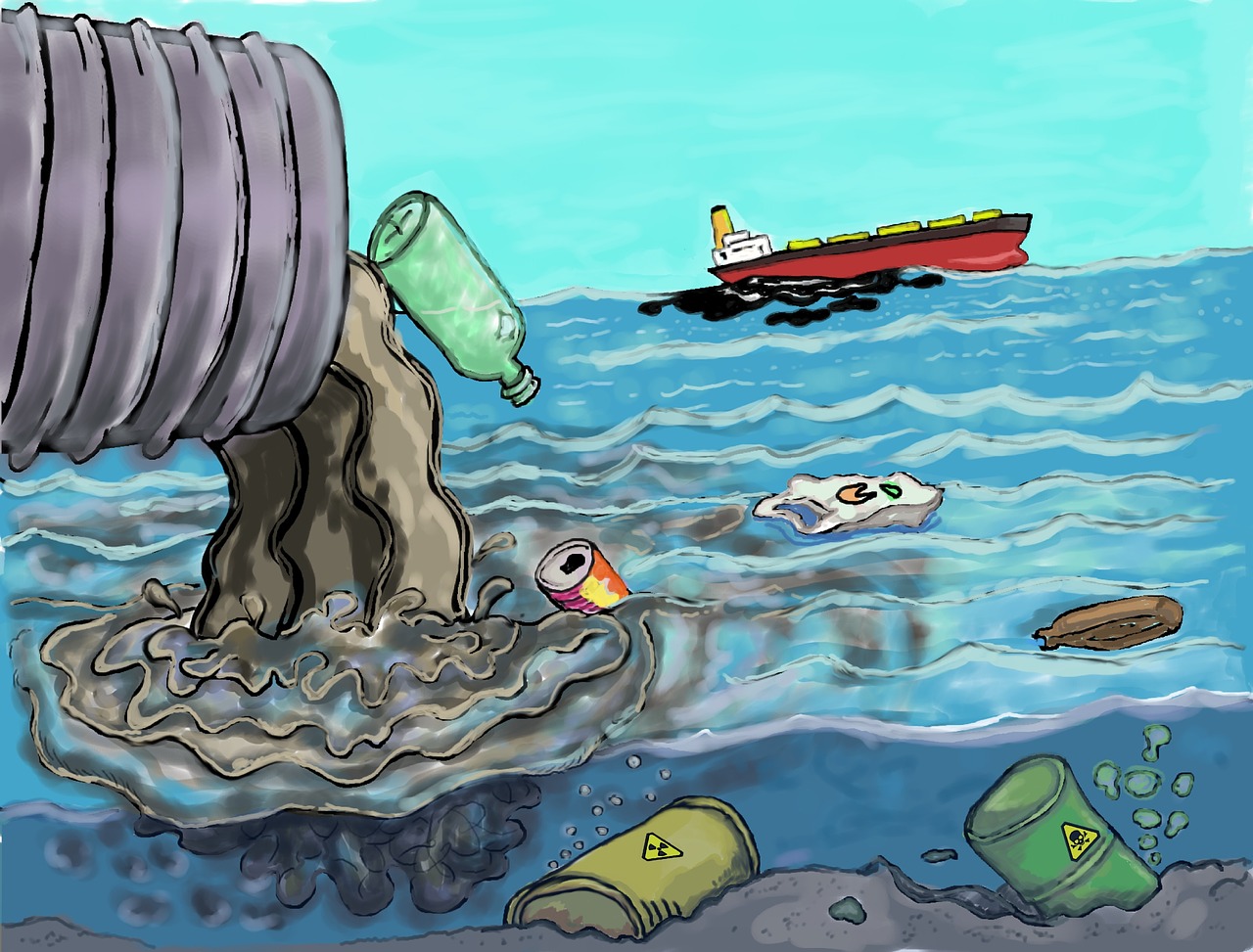
Water contamination due to dyes is a major cause of worry. A new study says sawdust from teak wood may help treat wastewater containing dyes and make it reusable.
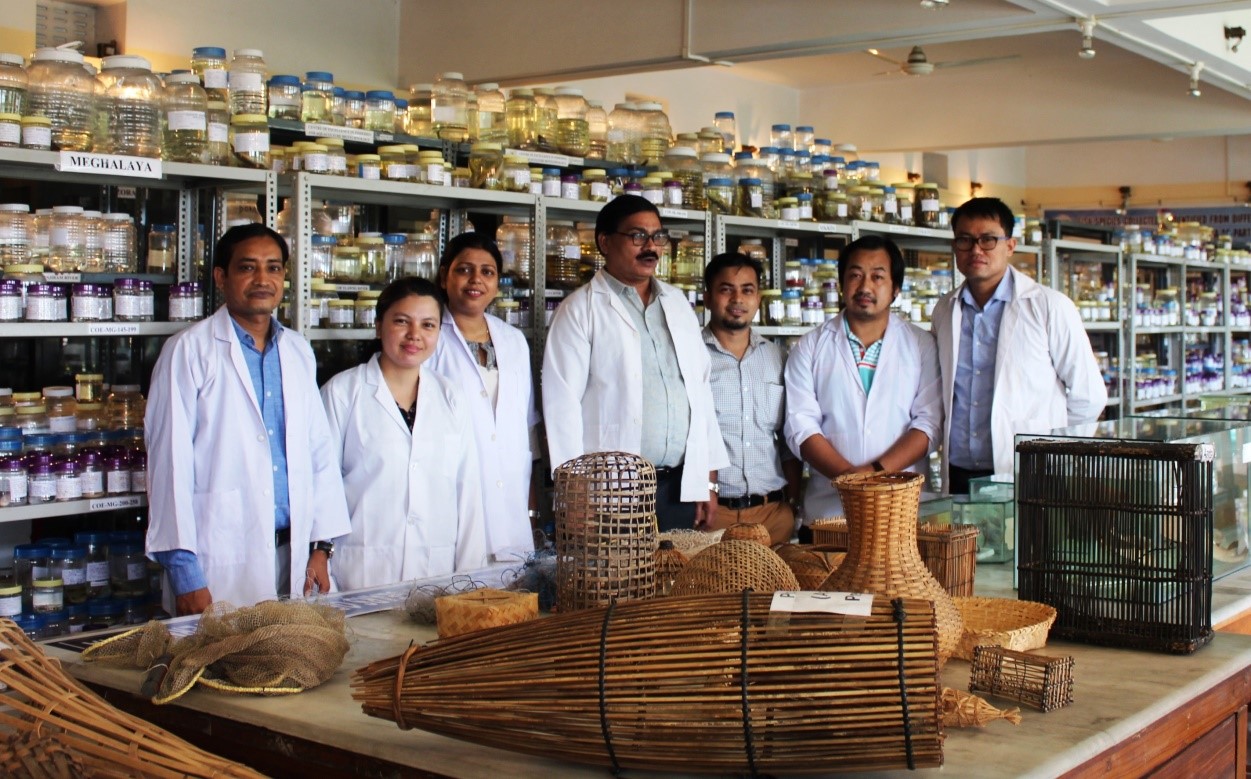
Unsustainable use of fishery resources and declining fish diversity are matters of grave concern. The identification and cataloguing fishes are necessary for the conservation of endangered species.
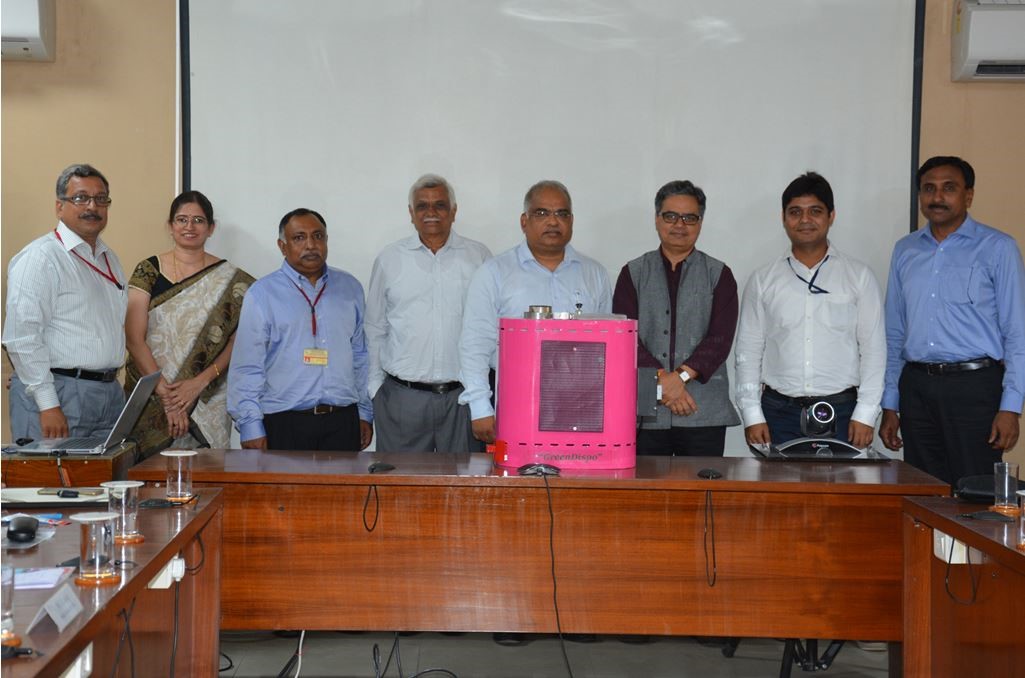
Two leading Indian scientific institutions have come together with a private partner to launch a new high tech device to ensure that the growing popularity of sanitary napkins does not end up becoming an environmental nightmare.

Rising atmospheric carbon dioxide levels may spark a shift towards wetter winters and drier summers warn a new study based on evidence from climatic history preserved in 65 million-year-old oyster shells.
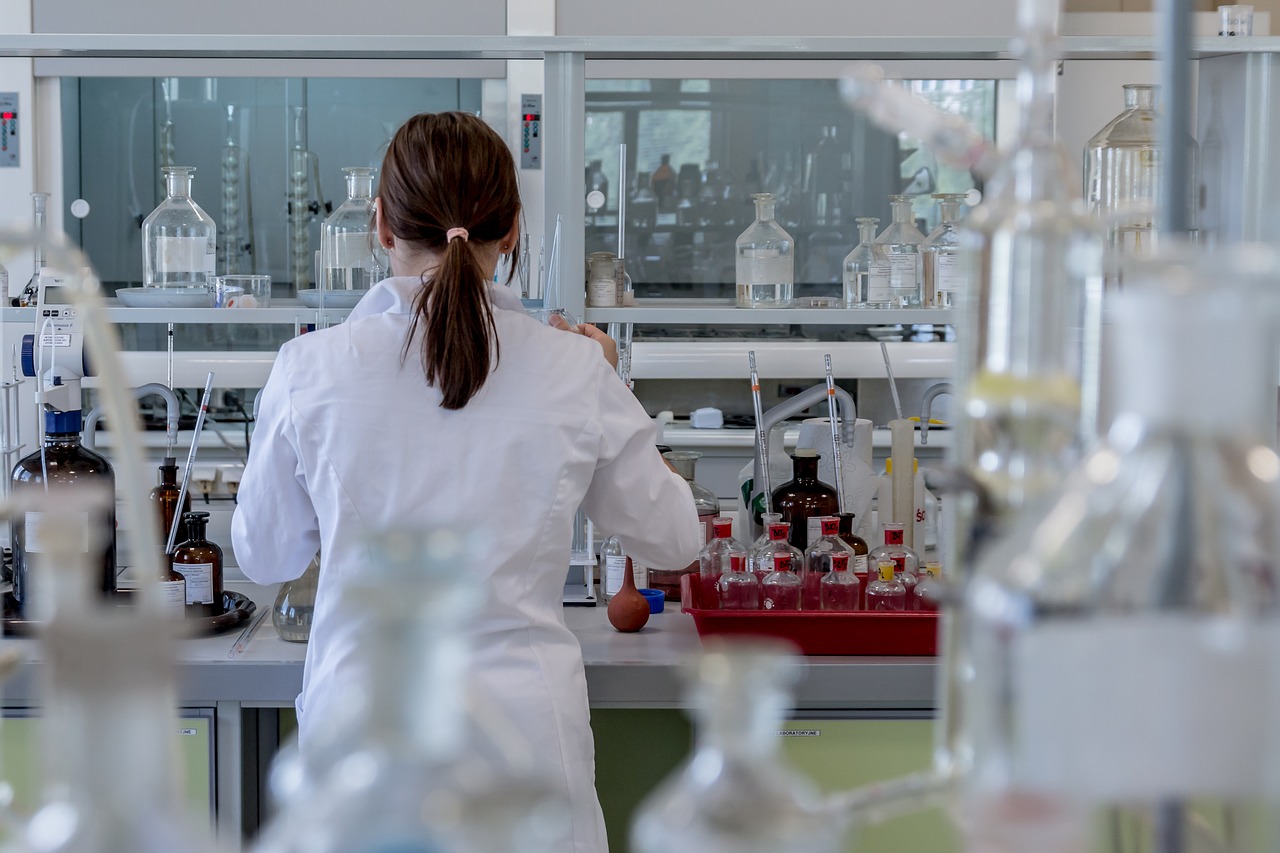
A face cream that may fulfill your daily nutrient requirement, a simple diagnostic strip to test cervical cancer, an app to address postpartum depression.
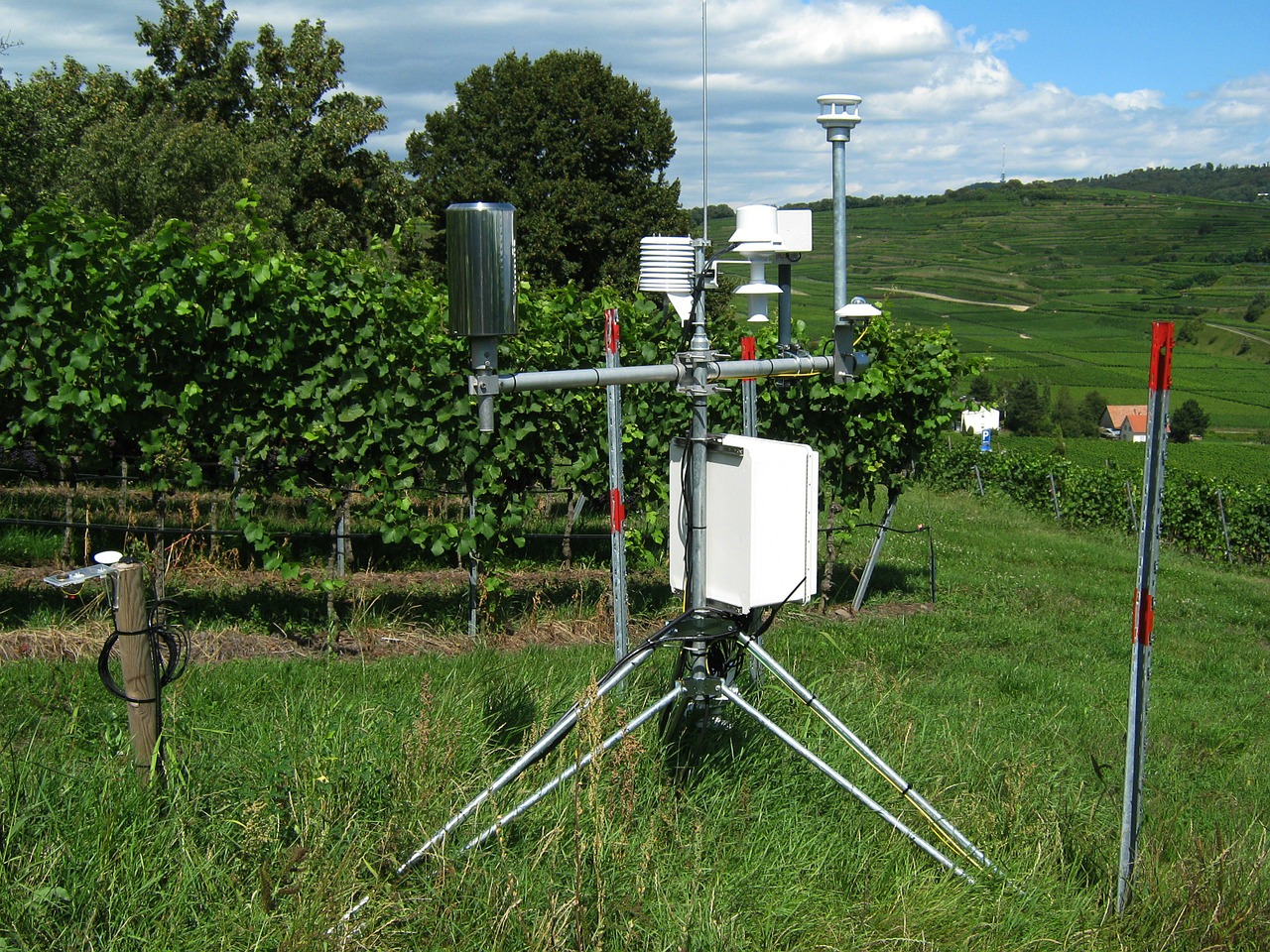
Weather forecasts from India Meteorological Department (IMD) are all set to undergo major improvement with the commissioning of two very high-resolution weather prediction systems.
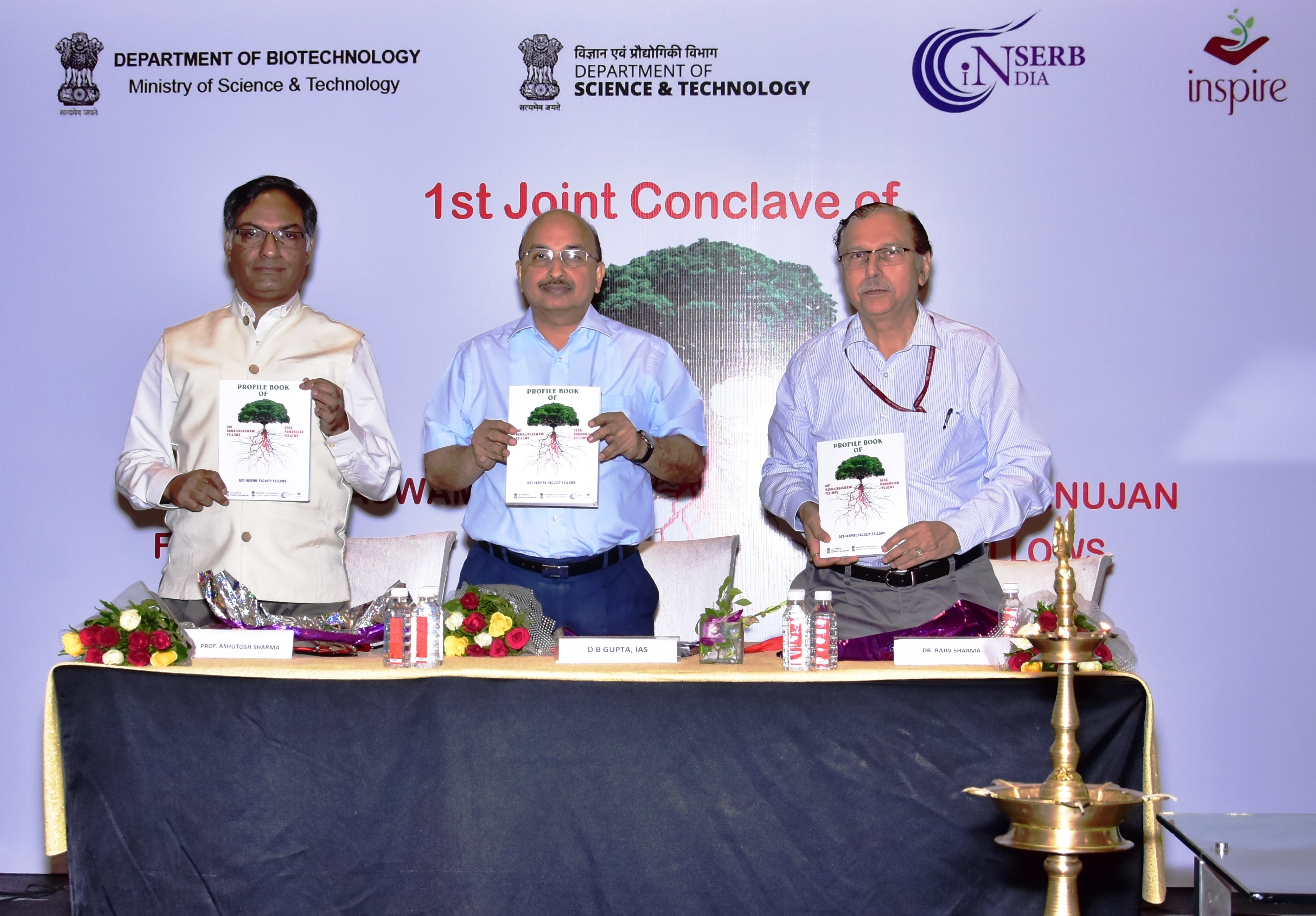
It is a silent change which has been occurring over the past one decade. The schemes launched to reverse the process of infamous ‘brain drain’ have finally started yielding results.

The Ministry of Earth Sciences (MoES) is all set to increase the number of farmers getting agro-meteorological advisory to 40 million from the current level of 24 million by next month.
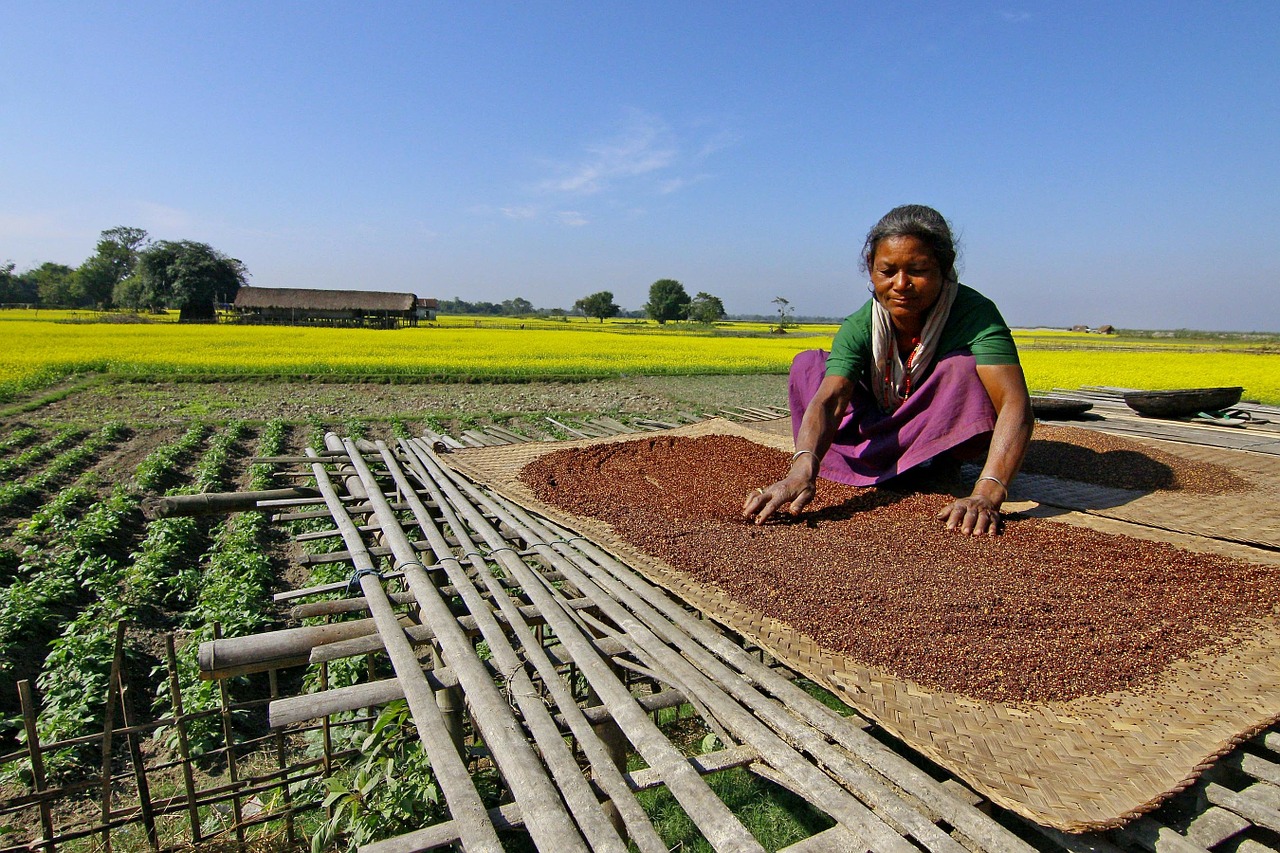
Researchers at Delhi-based TERI School of Advanced Studies have developed an early flowering transgenic variety of mustard.

Researchers at the Indian Institute of Hyderabad (IIT) Hyderabad have developed novel methods to recycle citrus peel waste more efficiently. Peel of citrus fruits, after extraction of fruit juice, has no commercial value.

Experts participating in the World Environment Day summit here have called upon governments, industries, and farmers to come together to tackle the unsolved challenge of nitrogen pollution.

A new survey has revealed that not just illiterate but even educated people are not aware of the proper use of antibiotics and dangers of antibiotic resistance.
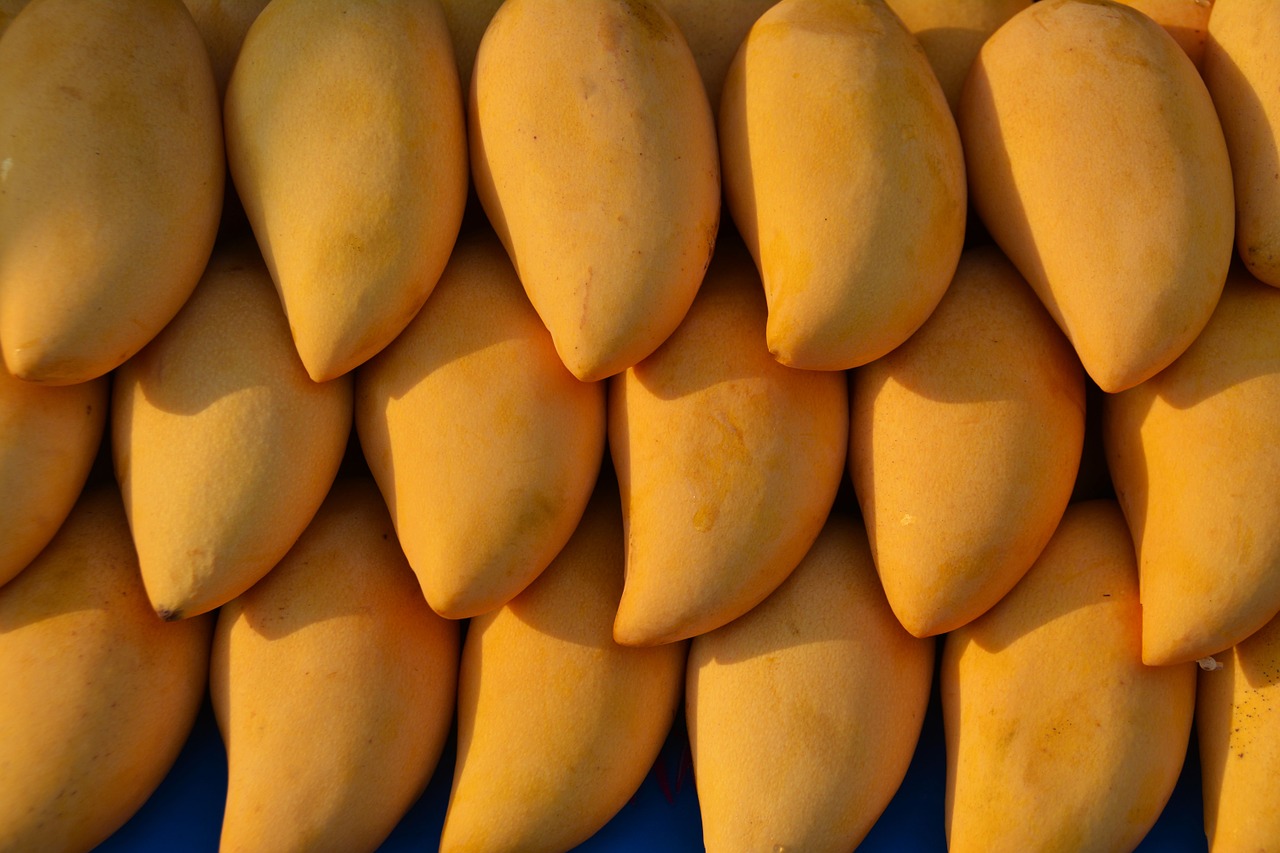
Even if you are mango connoisseur it may be difficult for you to identify all mango varieties grown in India. While the number of commercial mango varieties is about 30, more than a thousand different types of mango plants are cultivated and propagated in India.
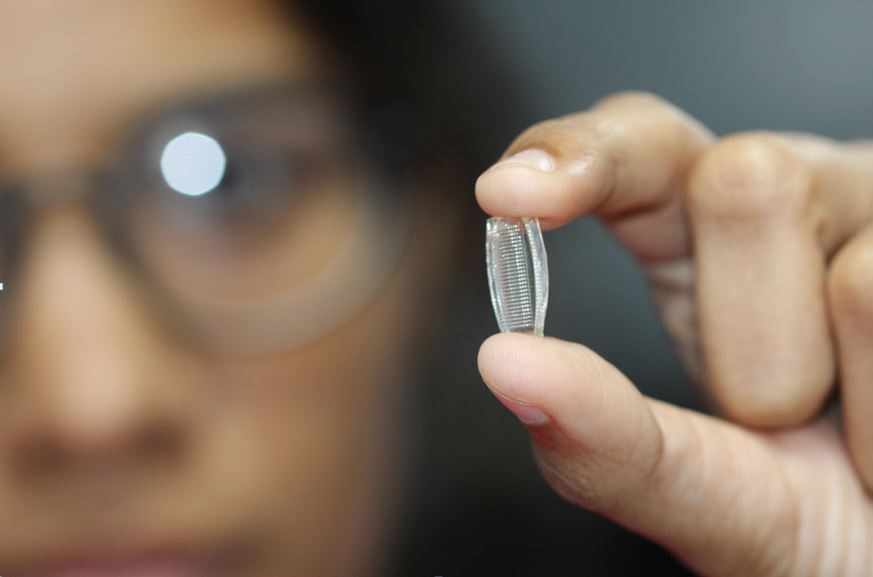
For kids who hate needle pricks, there may be another option in the offing. Scientists at Hyderabad campus of Birla Institute of Technology and Science (BITS) Pilani have developed a microneedle patch for drug delivery using a biopolymer, zein.

Fish scales have a typical structure and chemistry that makes them naturally capable of repelling oil. Scientists are trying to exploit this property for developing novel materials that can find application in addressing oil pollution.

Carbon monoxide is a major air pollutant posing threat to human health. A team of scientists led by the researcher at the Indian Institute of Technology (IIT) Gandhinagar have developed a nanocomposite material that can selectively convert environmental carbon monoxide into less toxic carbon dioxide.

Degrading air quality in metro cities is a matter of concern for public health. Massive tree plantation drives are often conducted in order to provide oxygen to choking cities.
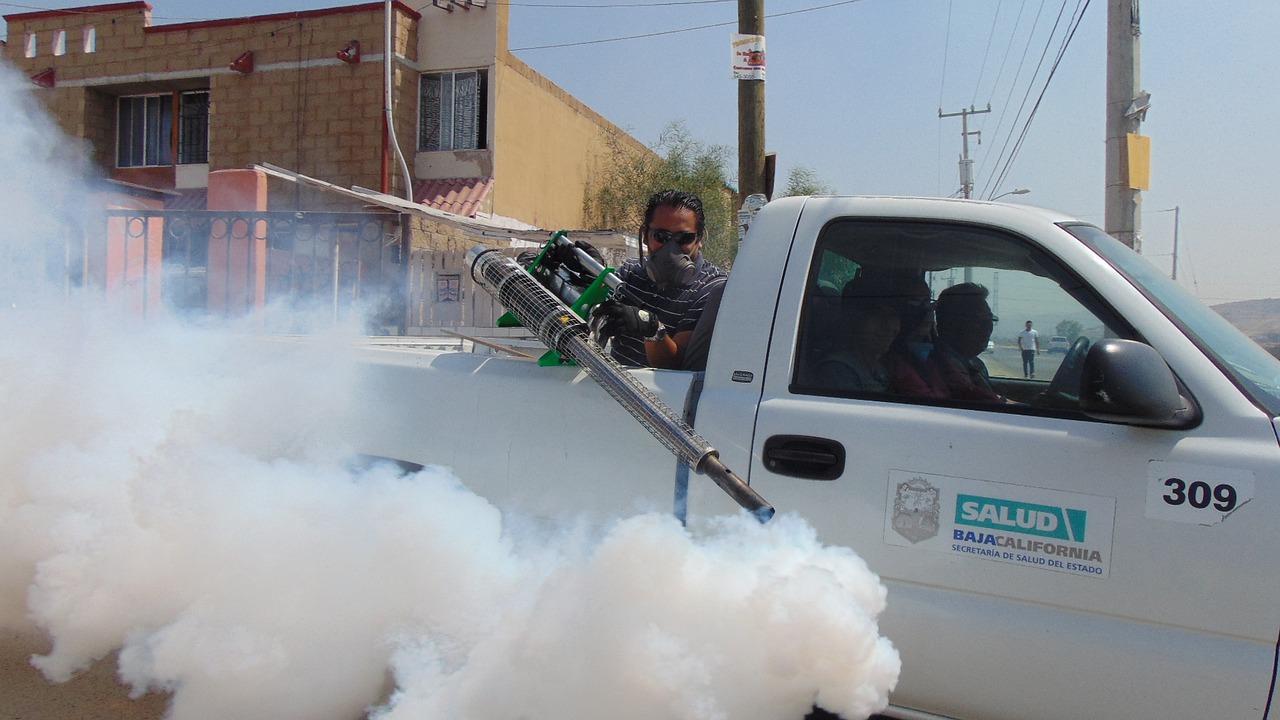
Filariasis is a public health problem in some parts of India. It is caused by parasitic worms which get deposited on the skin and penetrate on their own or through openings created by mosquito bites to reach the lymphatic system.
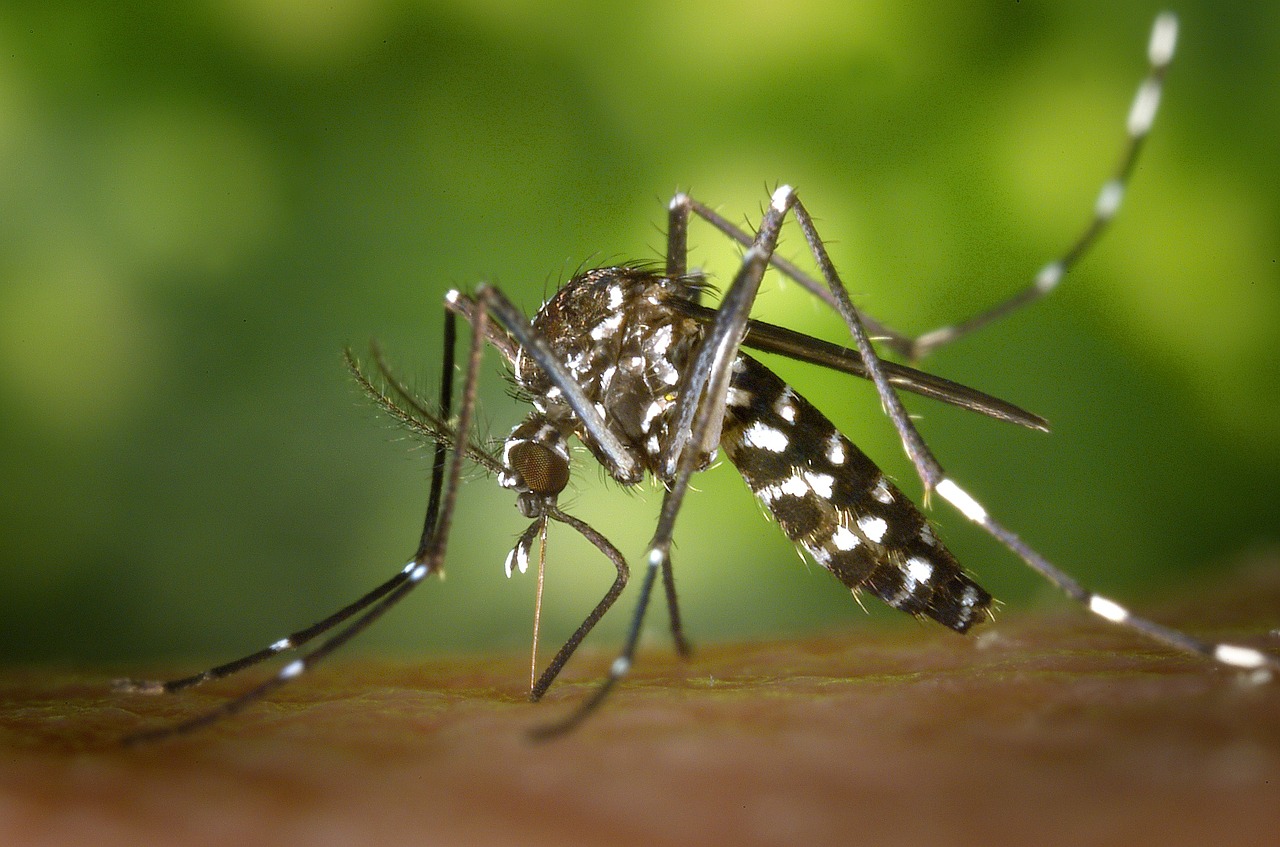
Indian scientists have developed a biosensor technique which can potentially help in detecting Chikungunya virus. According to the scientists, the technique can be used to develop a point of care device for rapid identification of the dreaded disease.

Young innovators from India proved their mettle once again with many of them winning top awards at the just concluded annual International Science and Engineering Fair organized by IT major Intel at Pittsburgh in the USA from May 12 to May 18.
Internet is huge! Help us find great content
Never miss a thing! Sign up for our newsletter to stay updated.
Research Stash is a curated collection of tools and News for S.T.E.M researchers
Have any questions or want to partner with us? Reach us at hello@researchstash.com